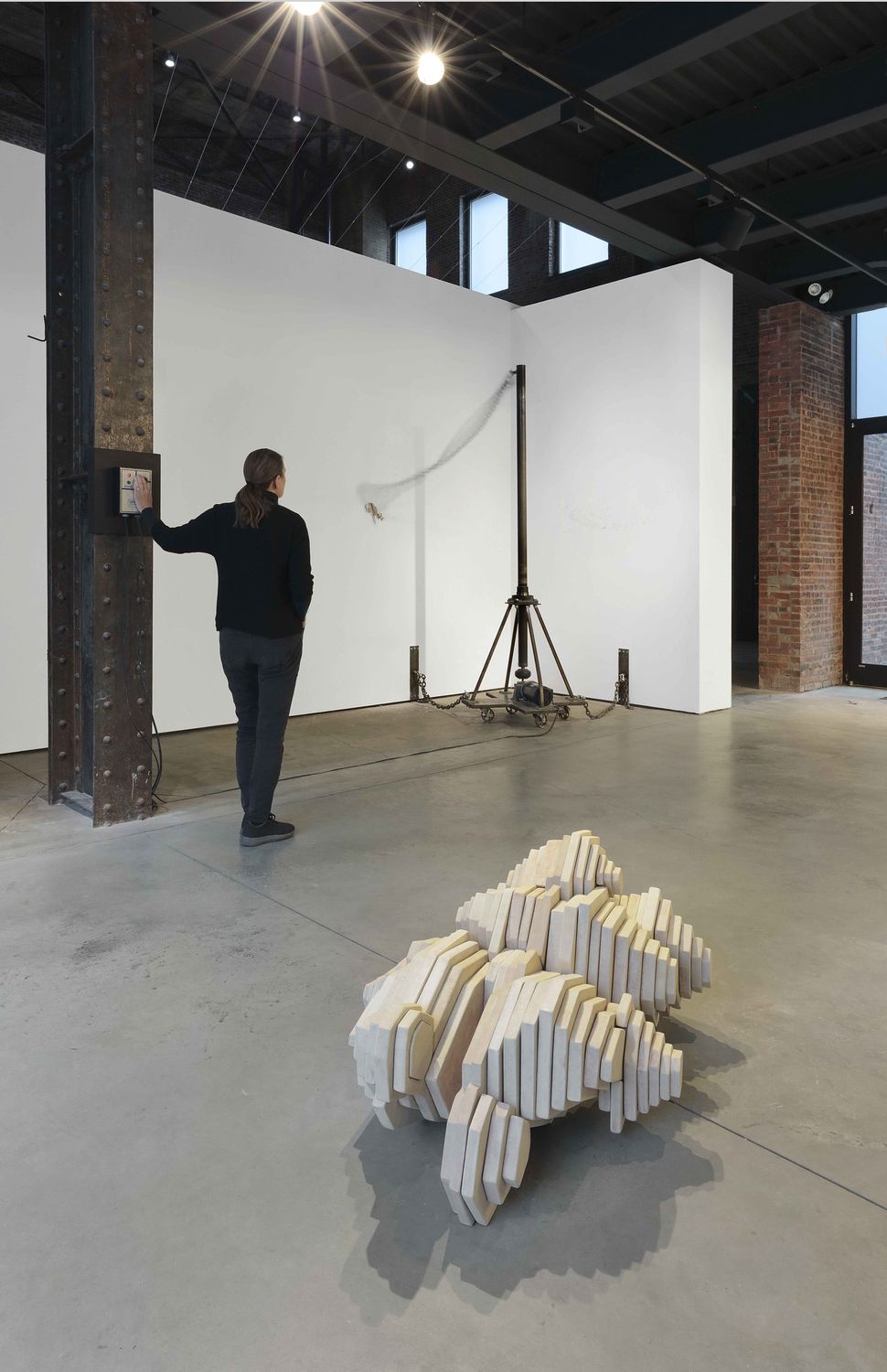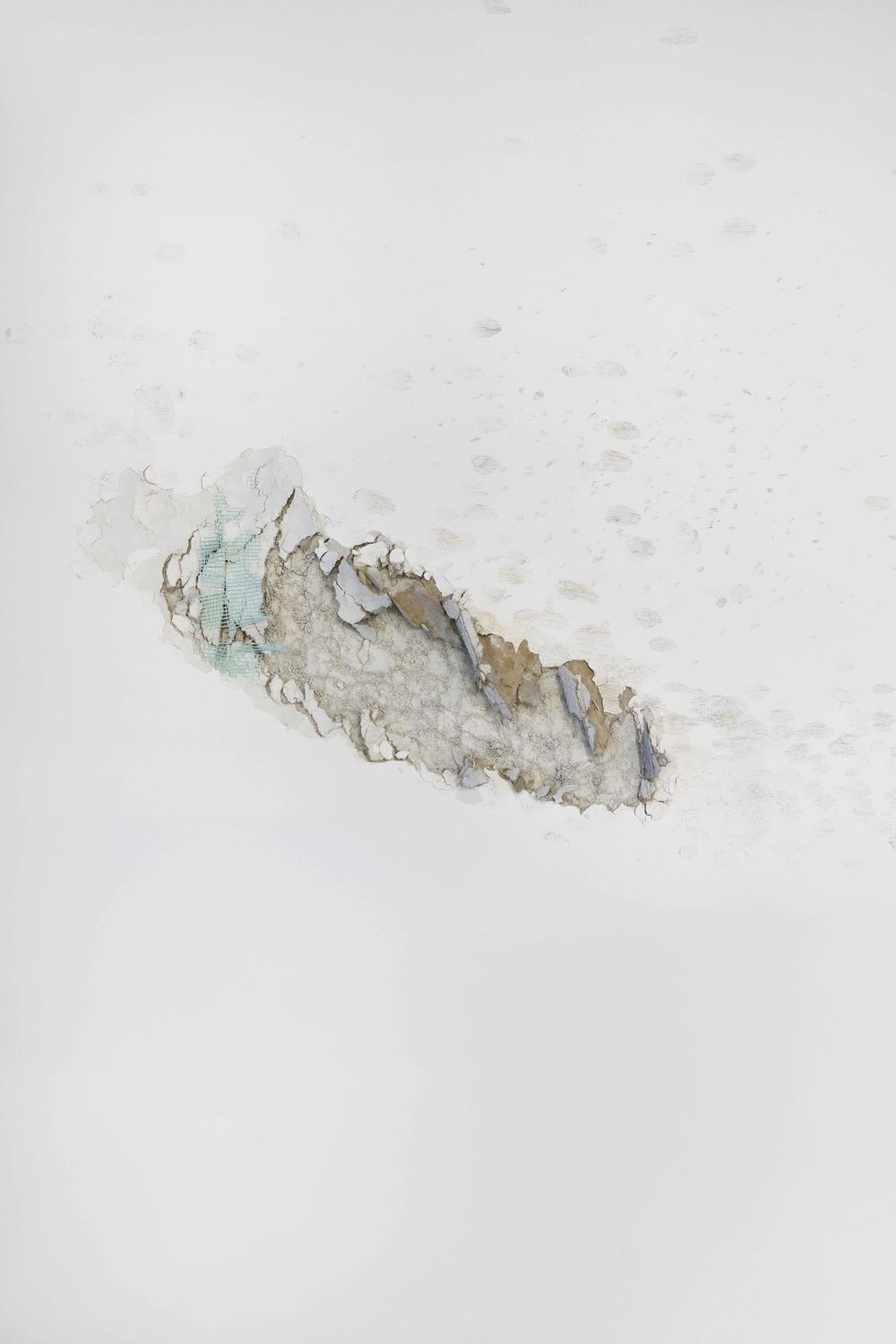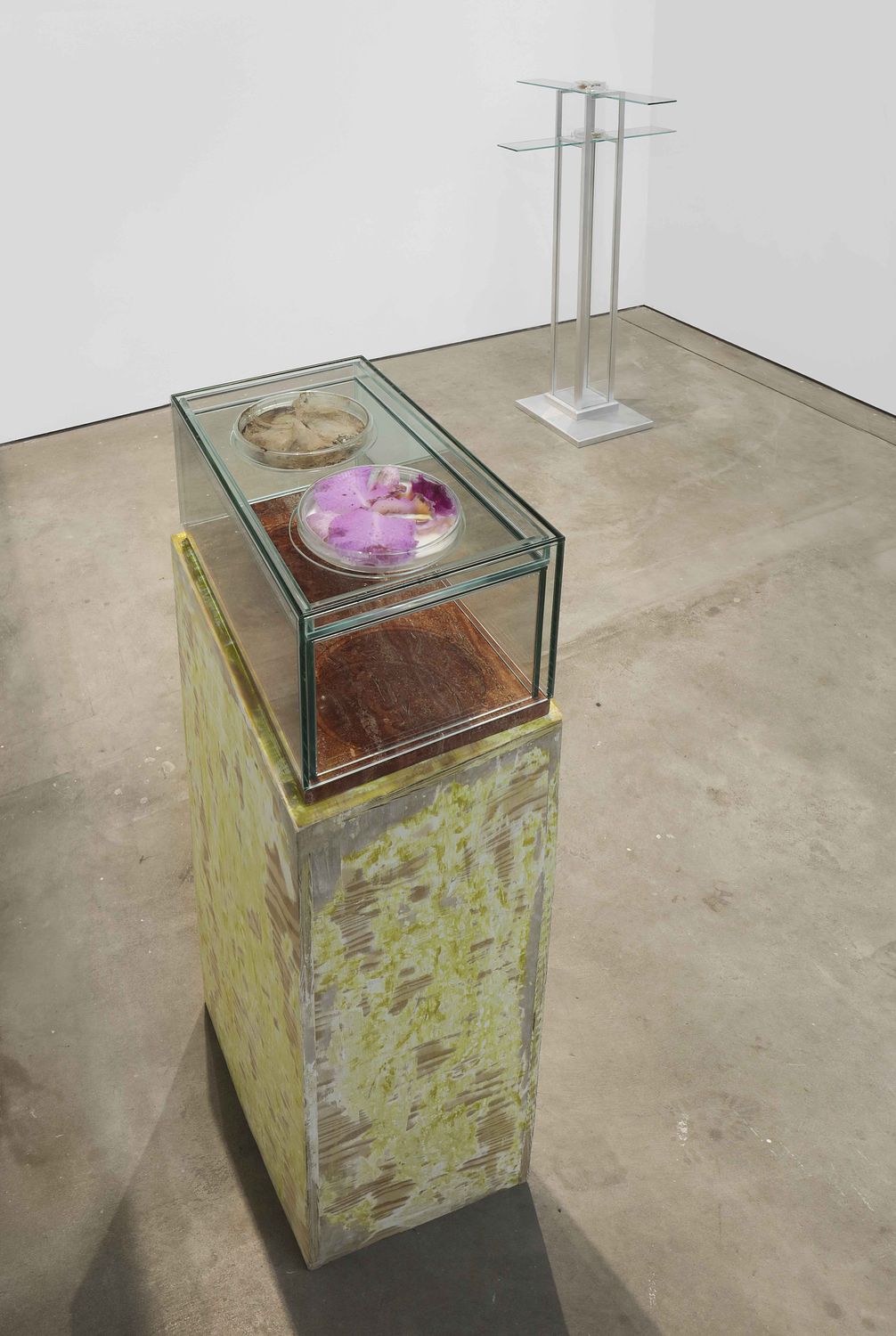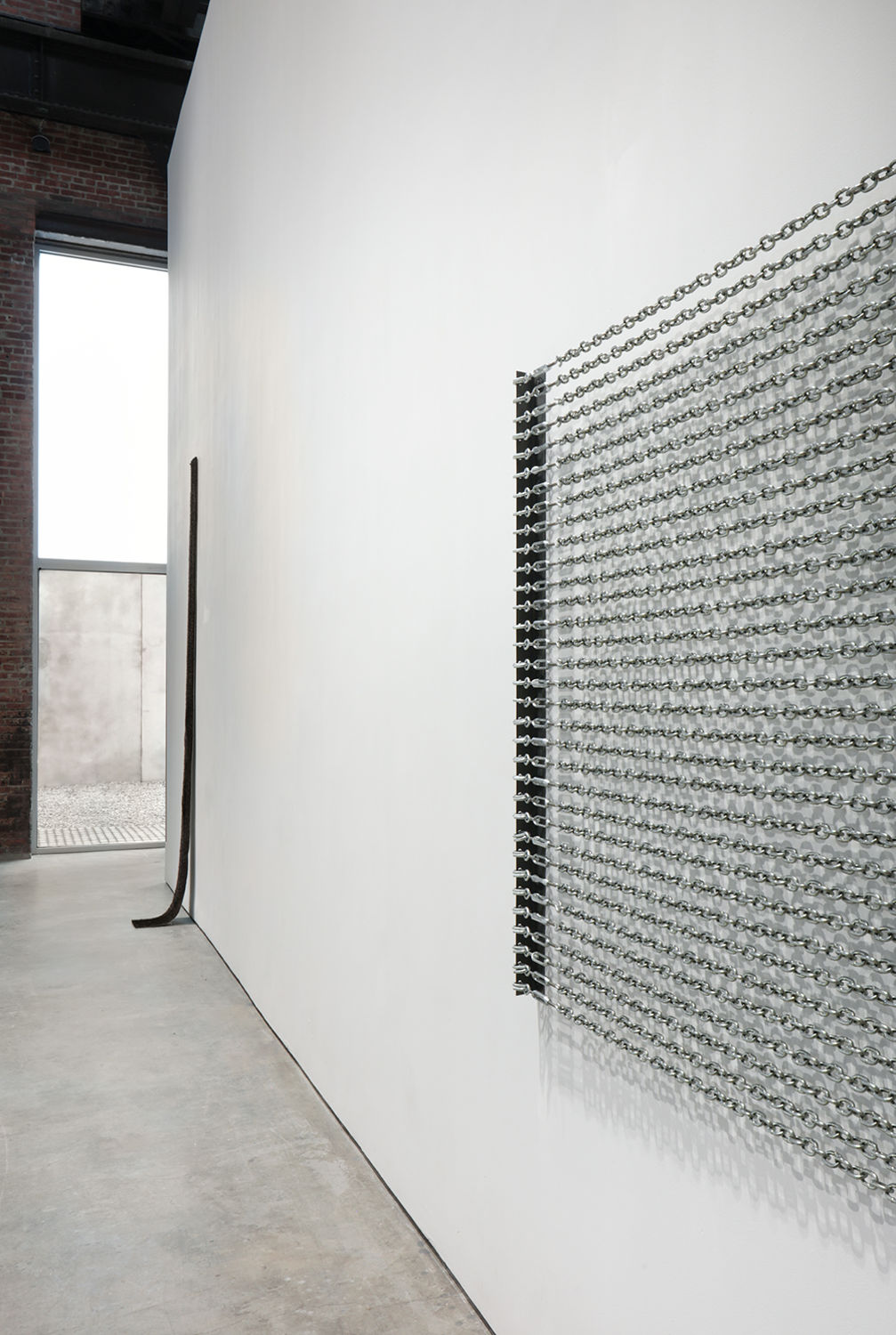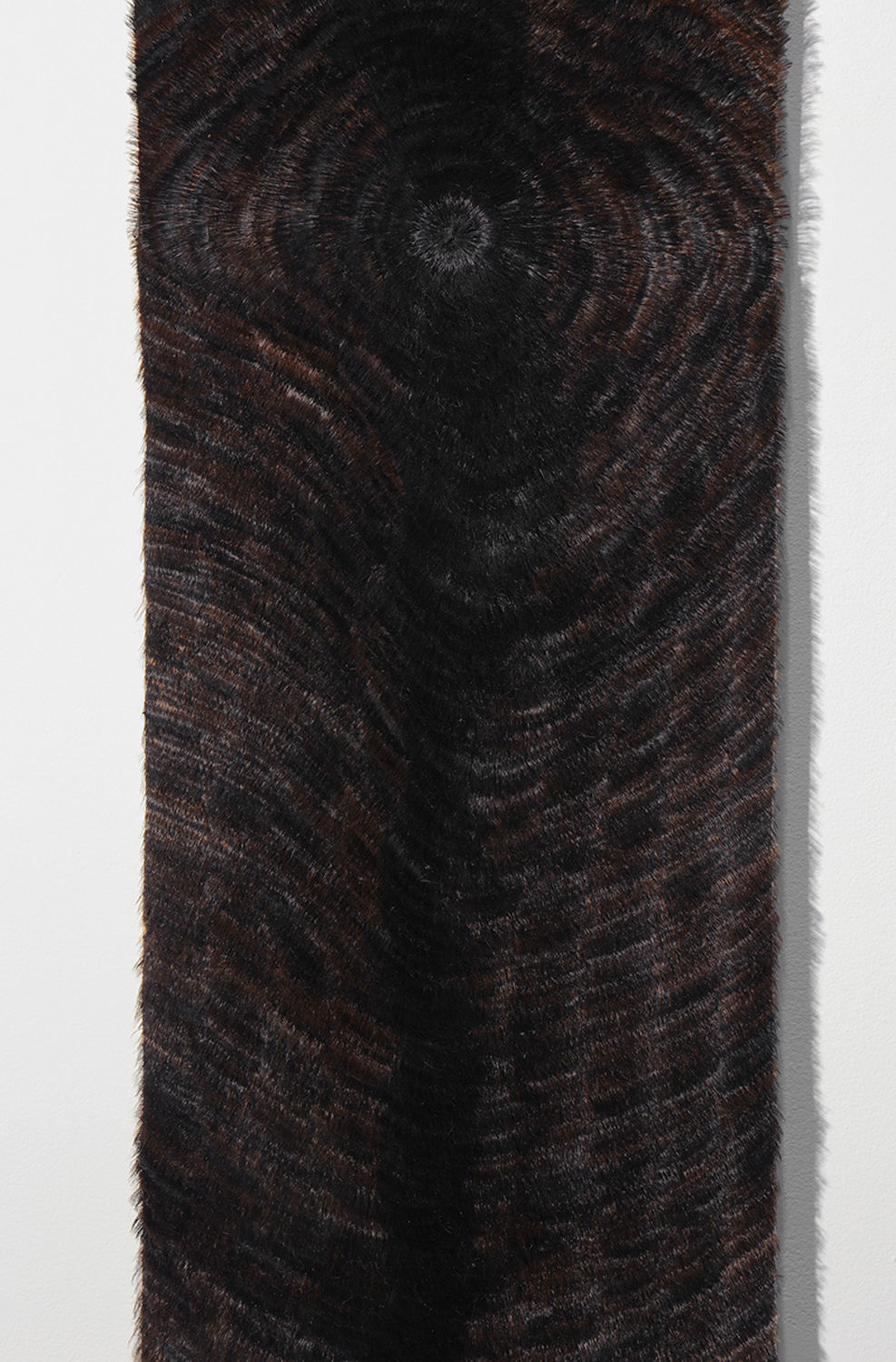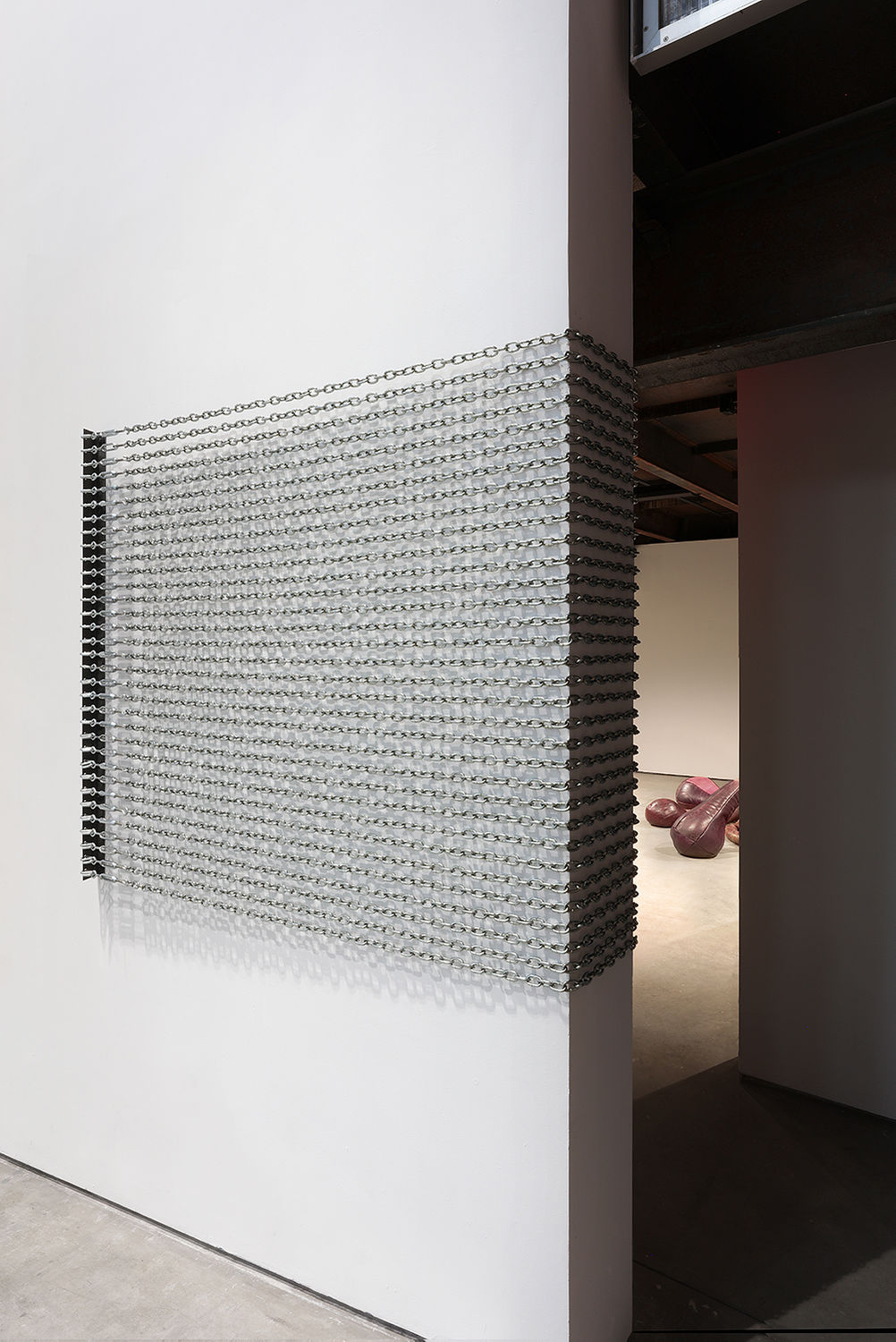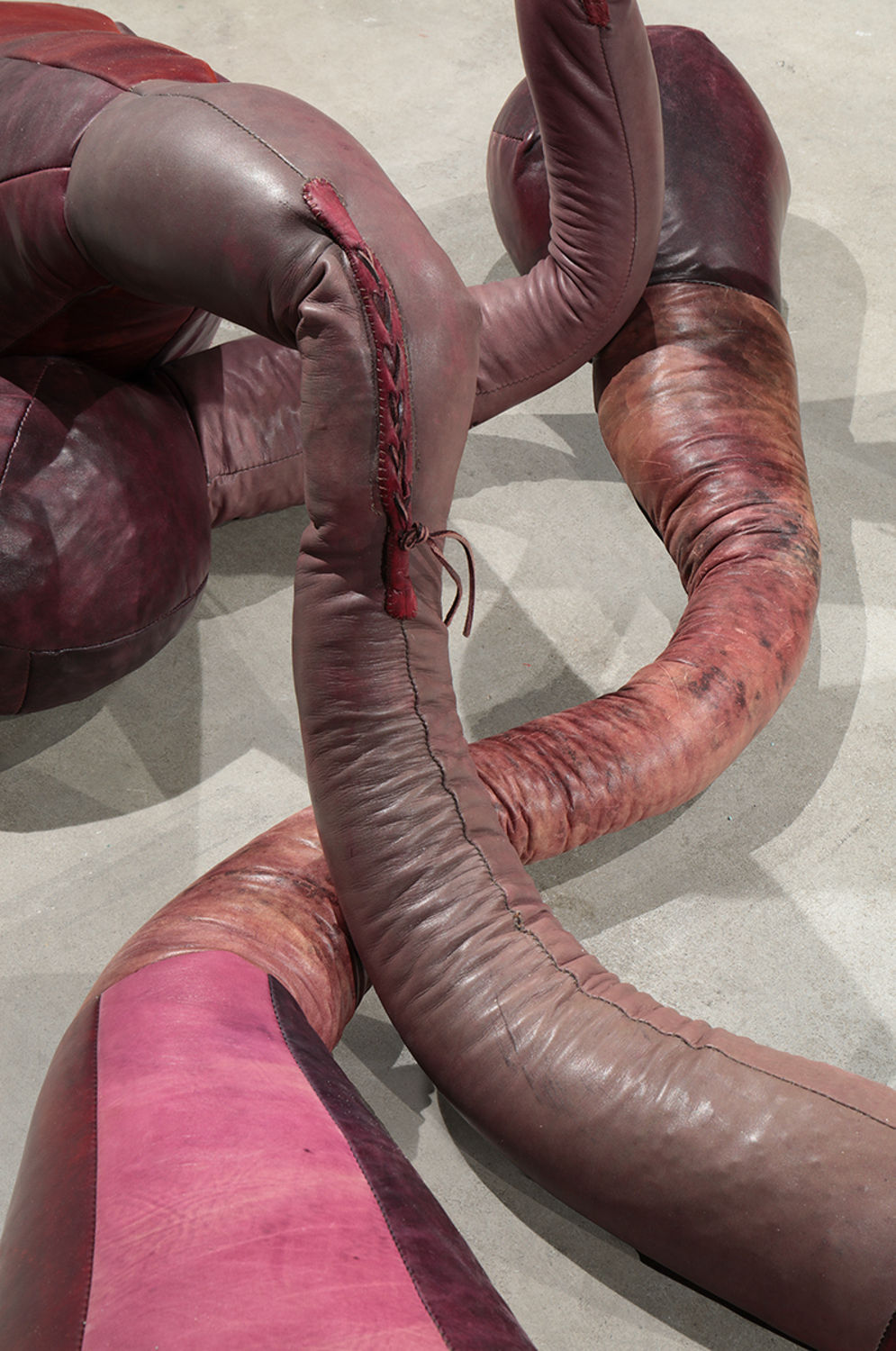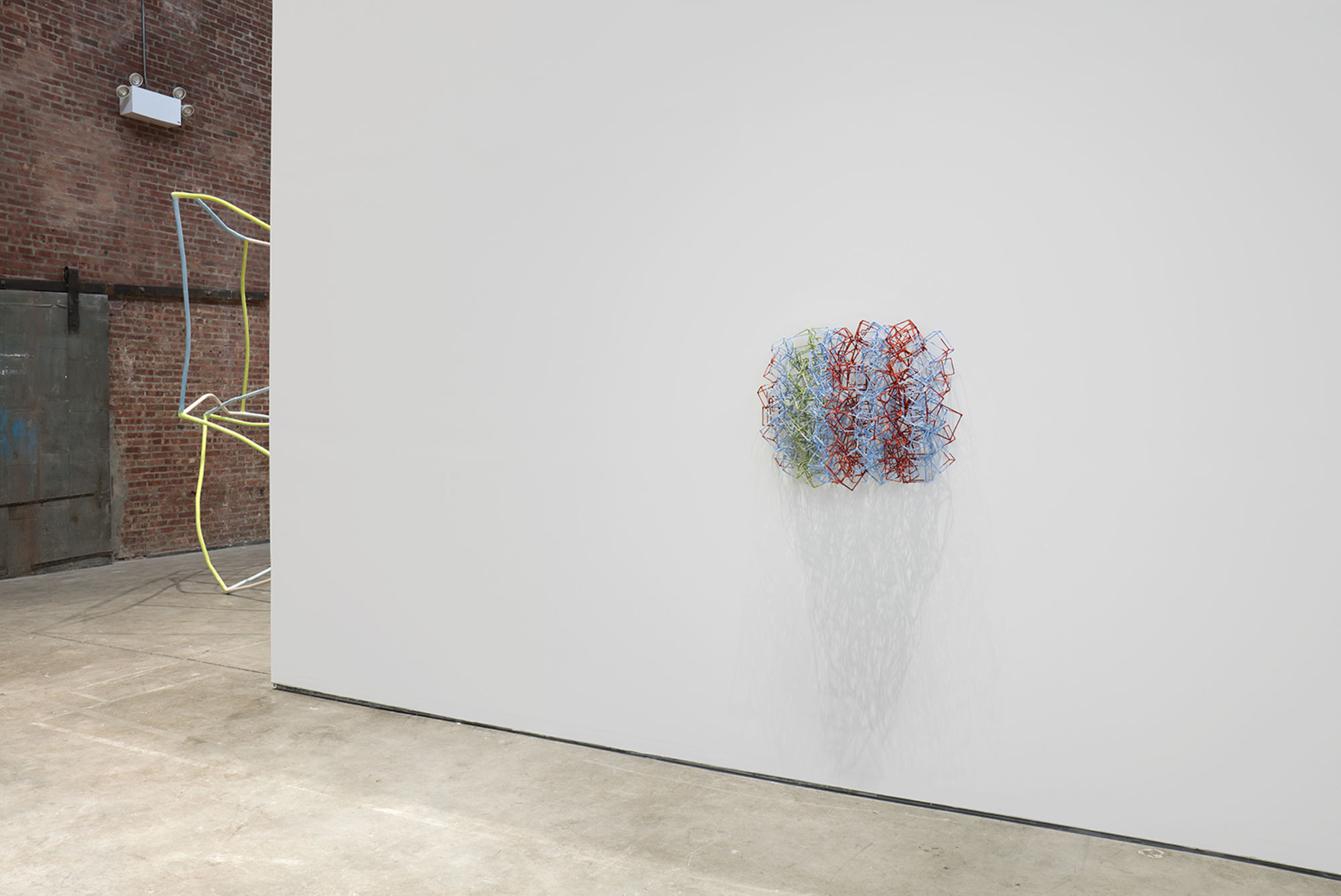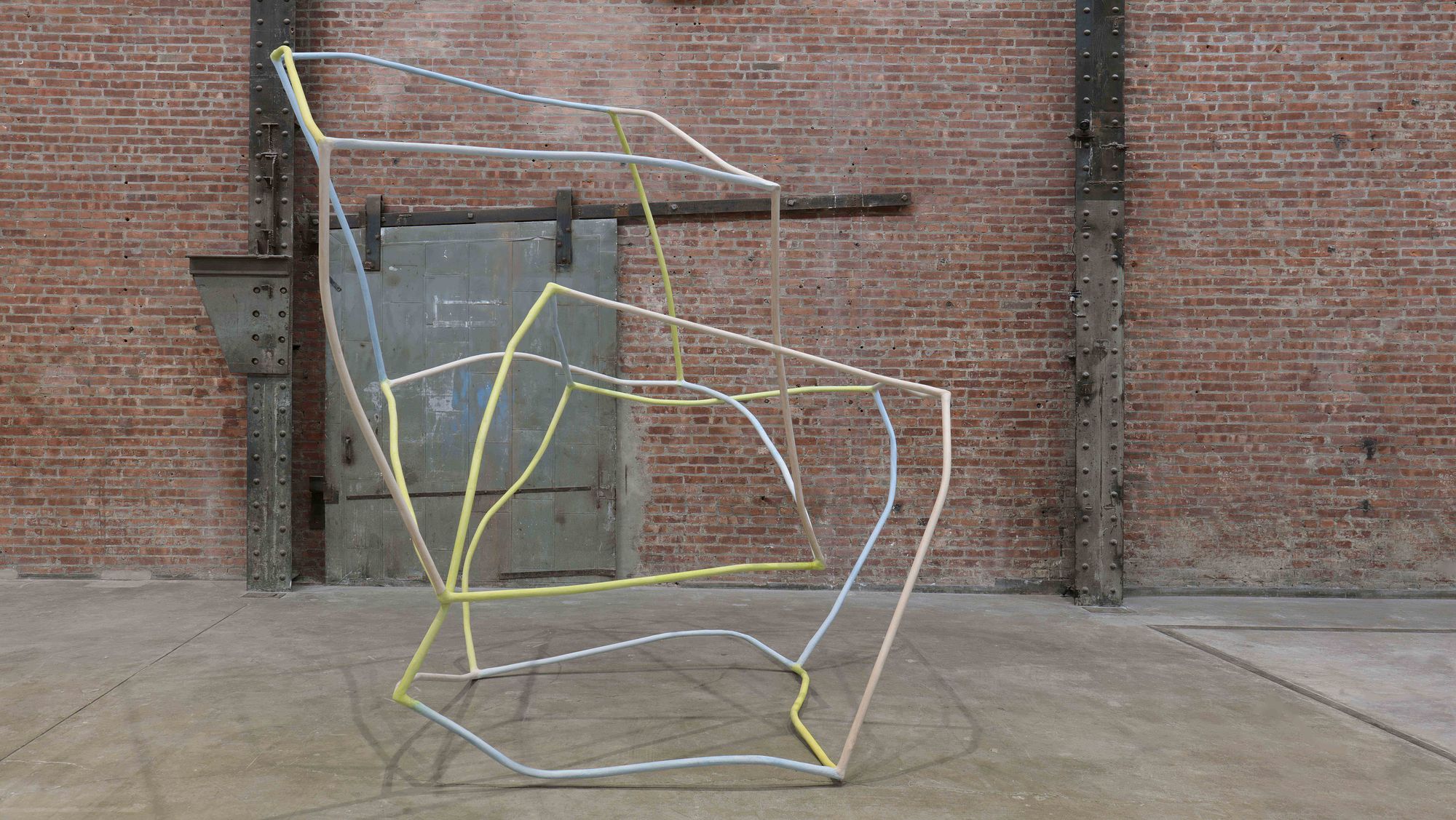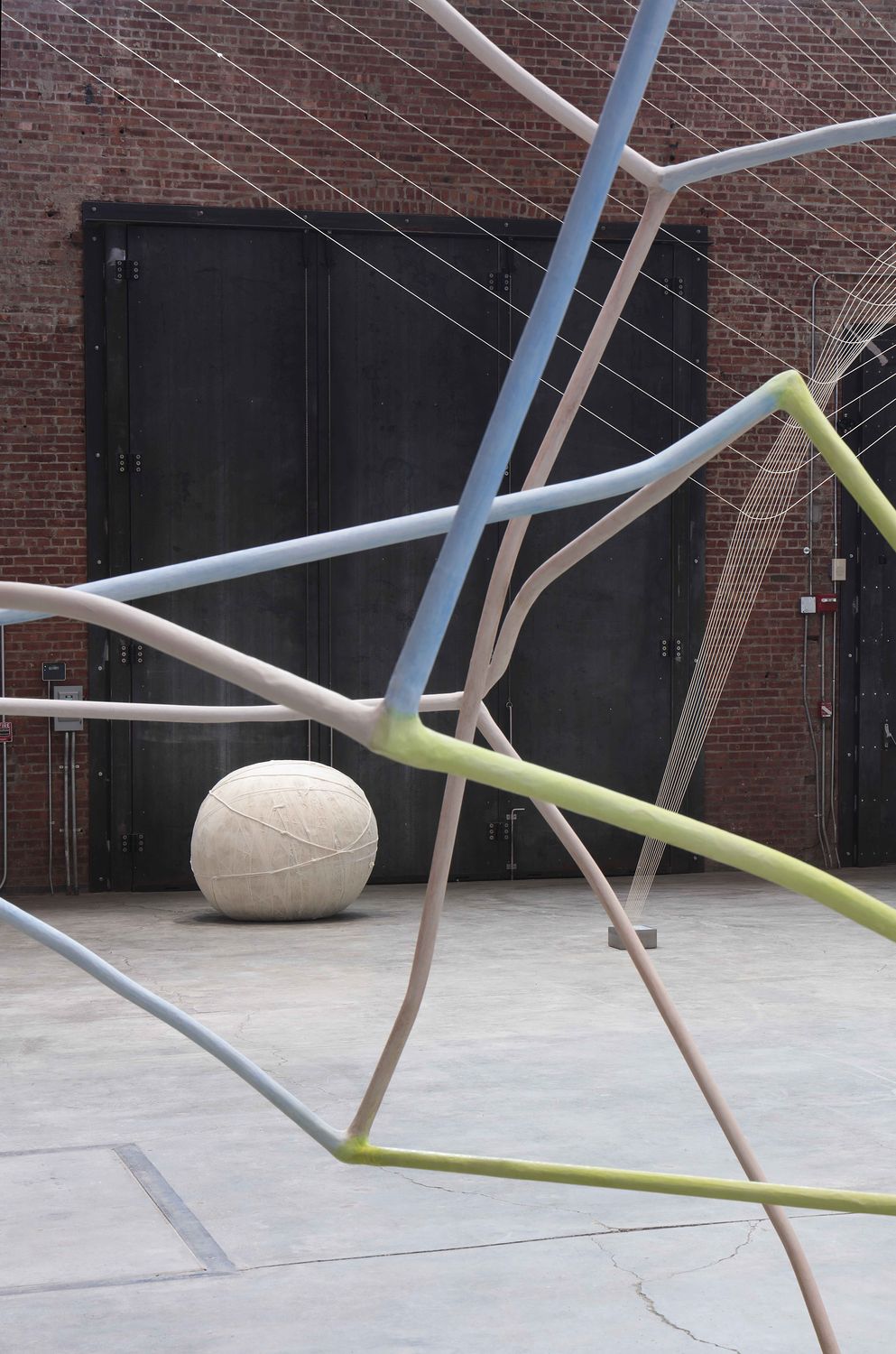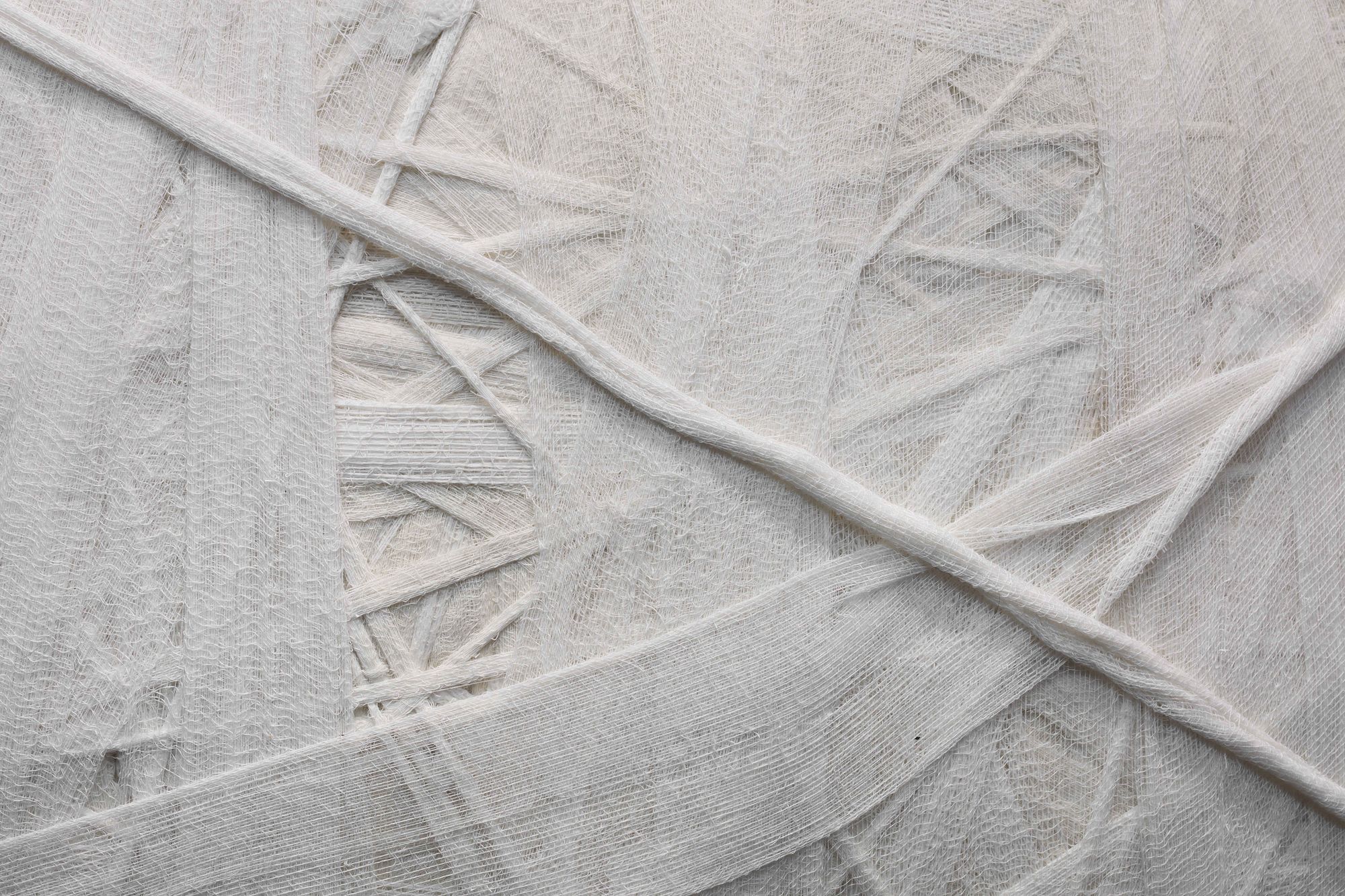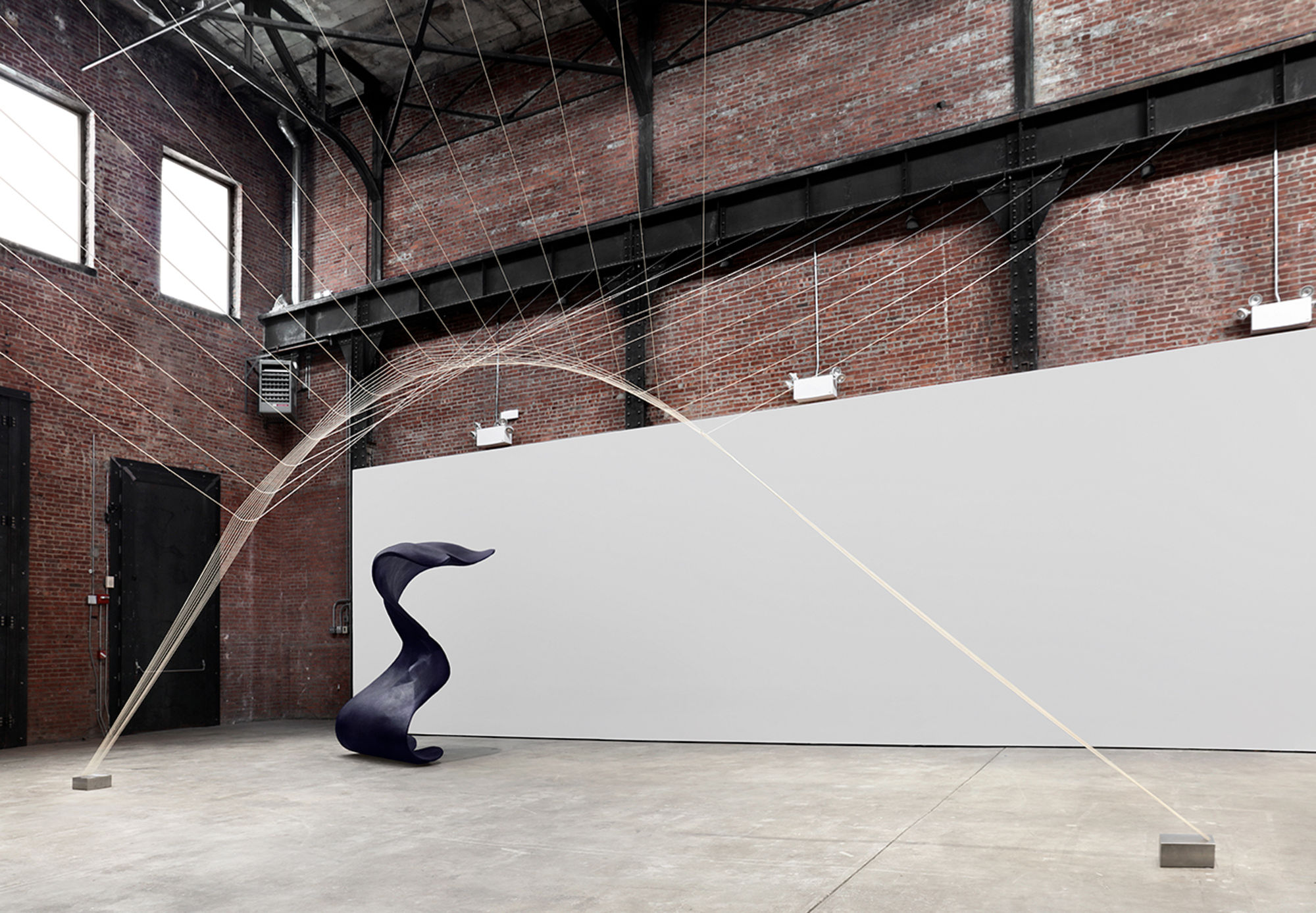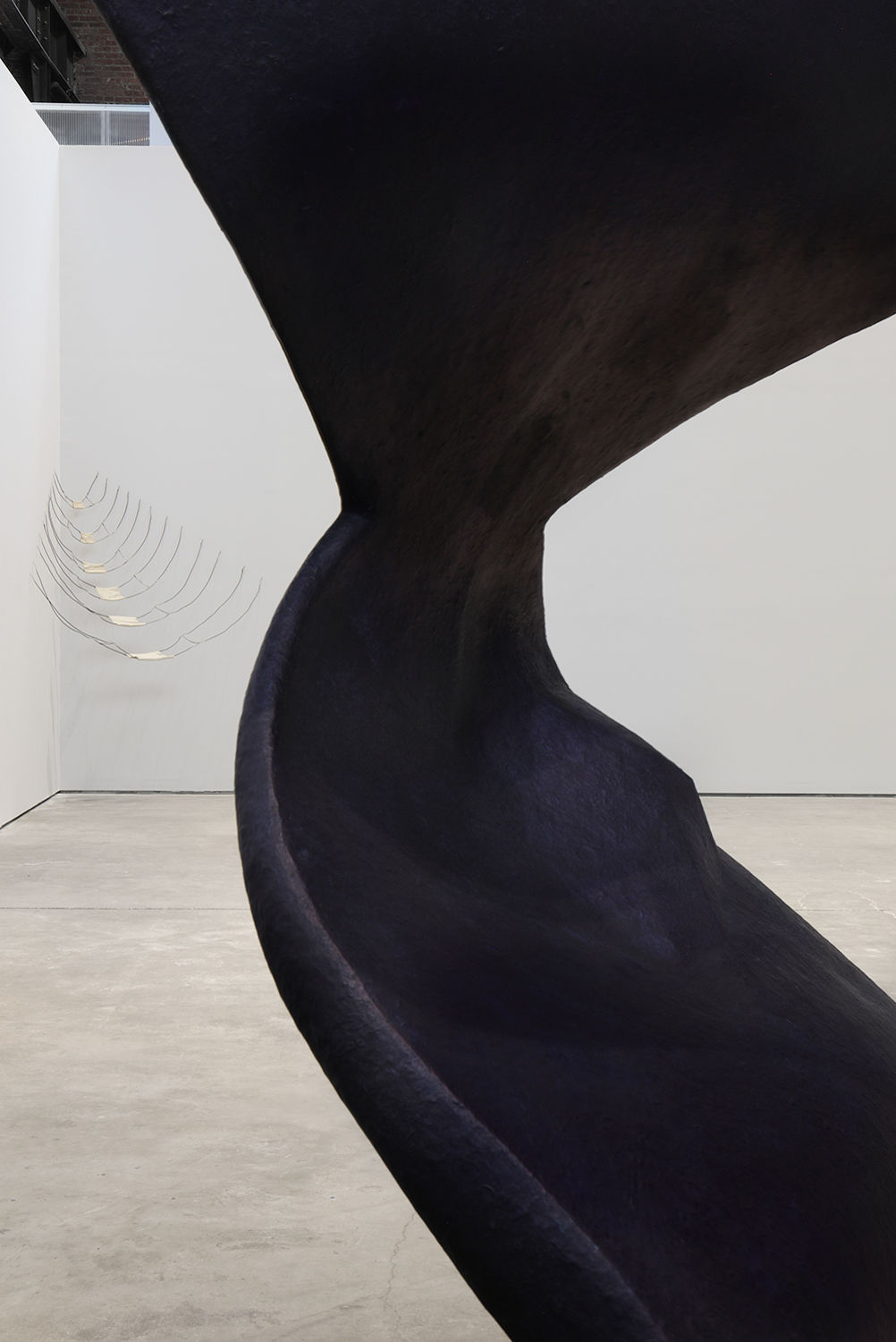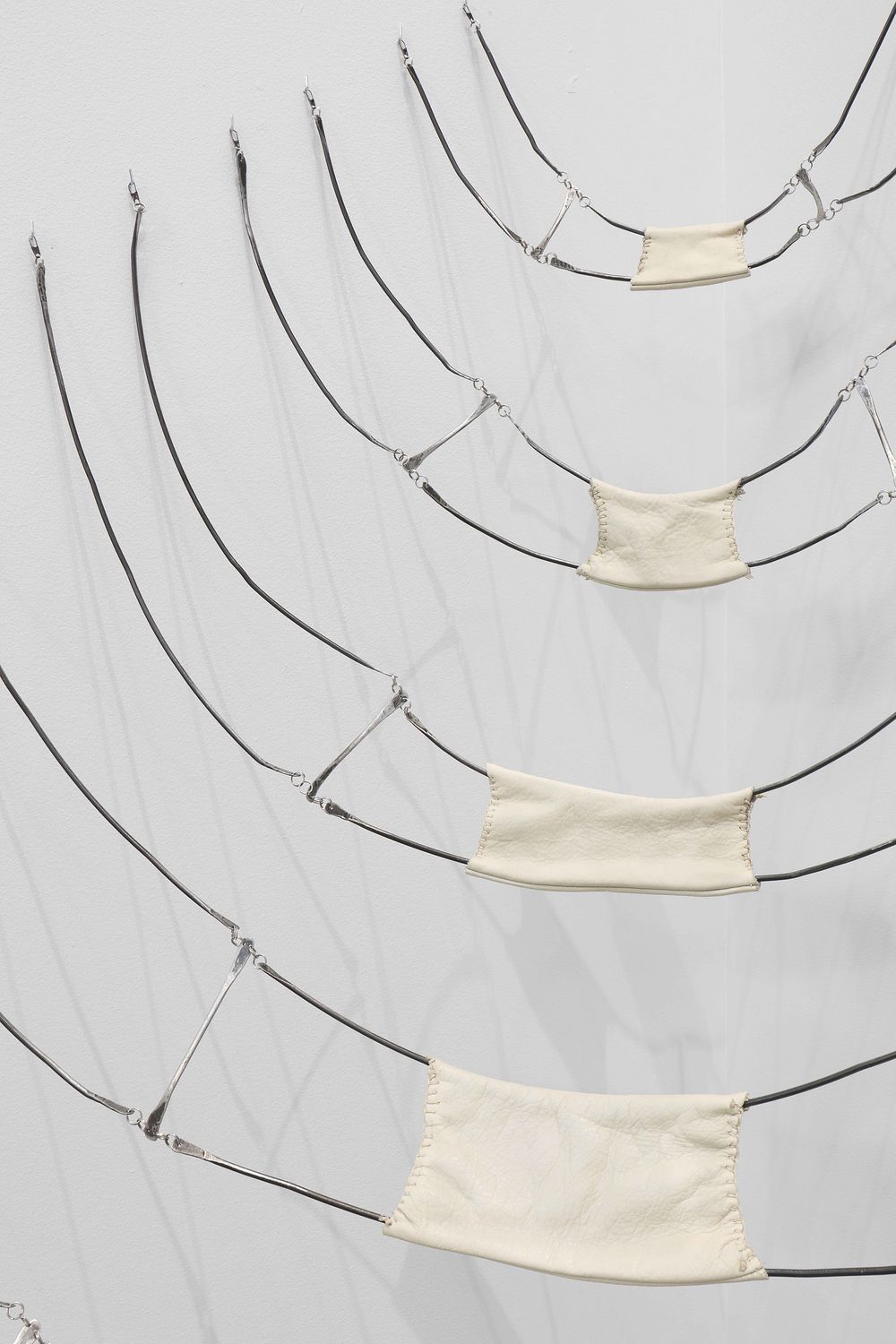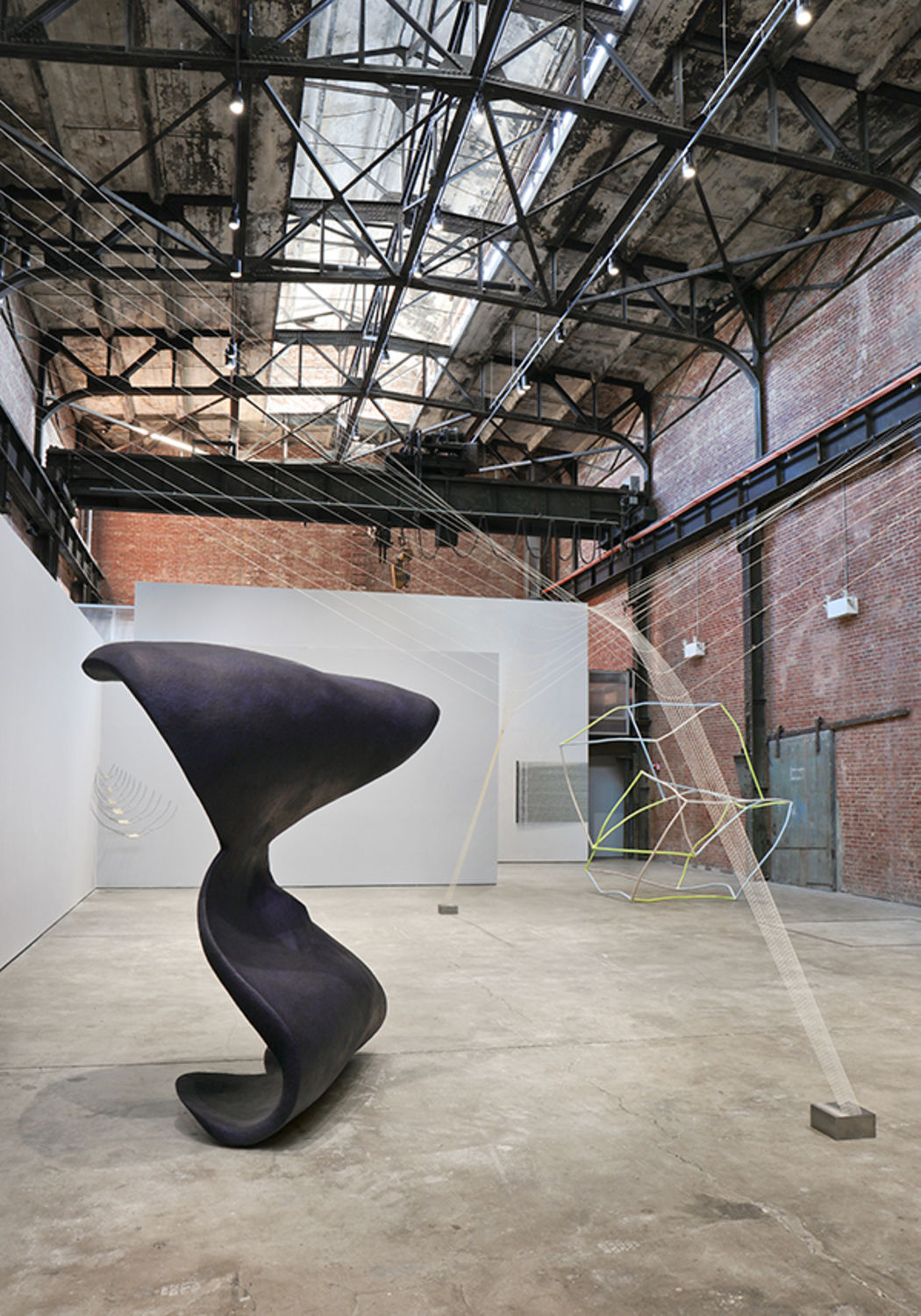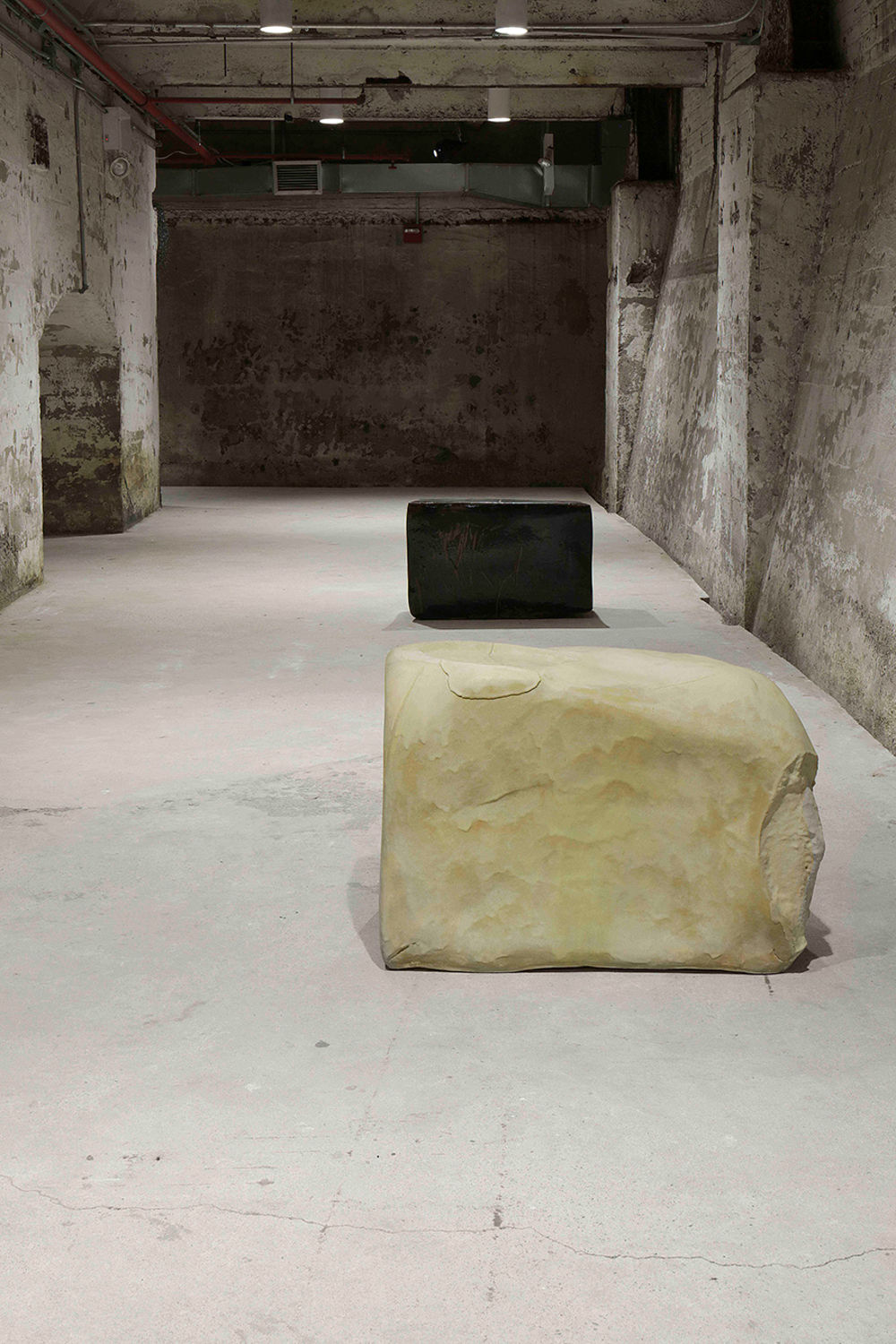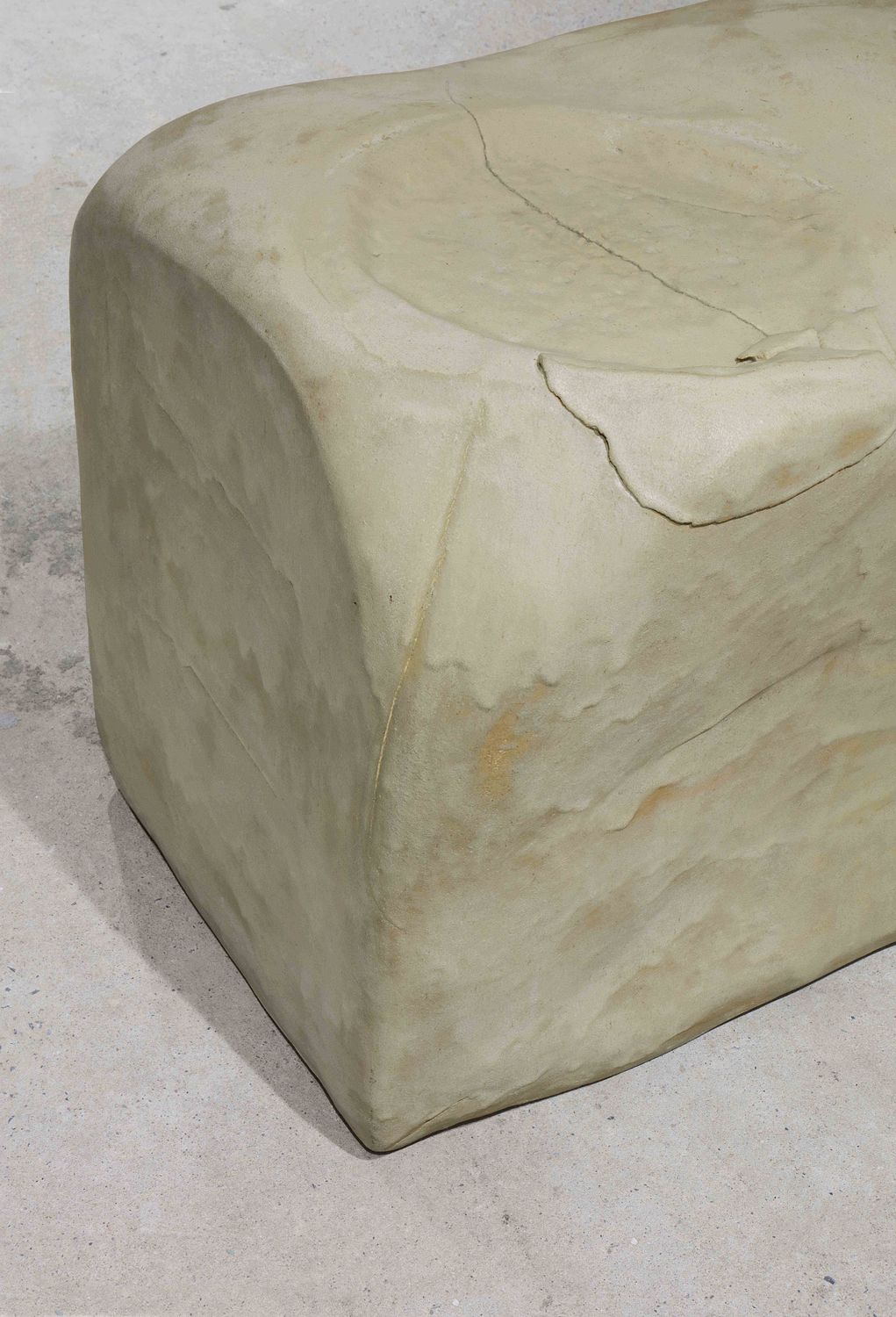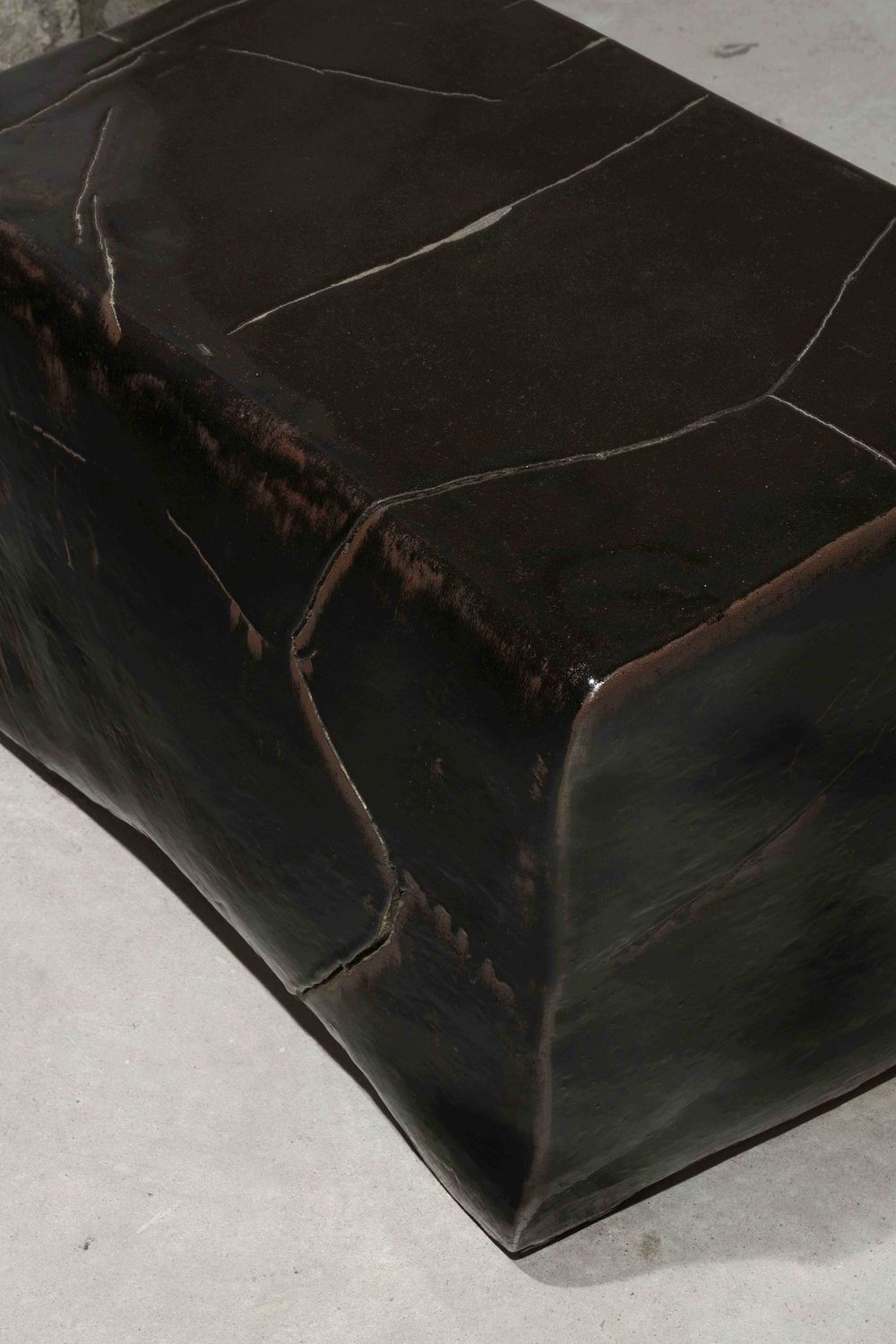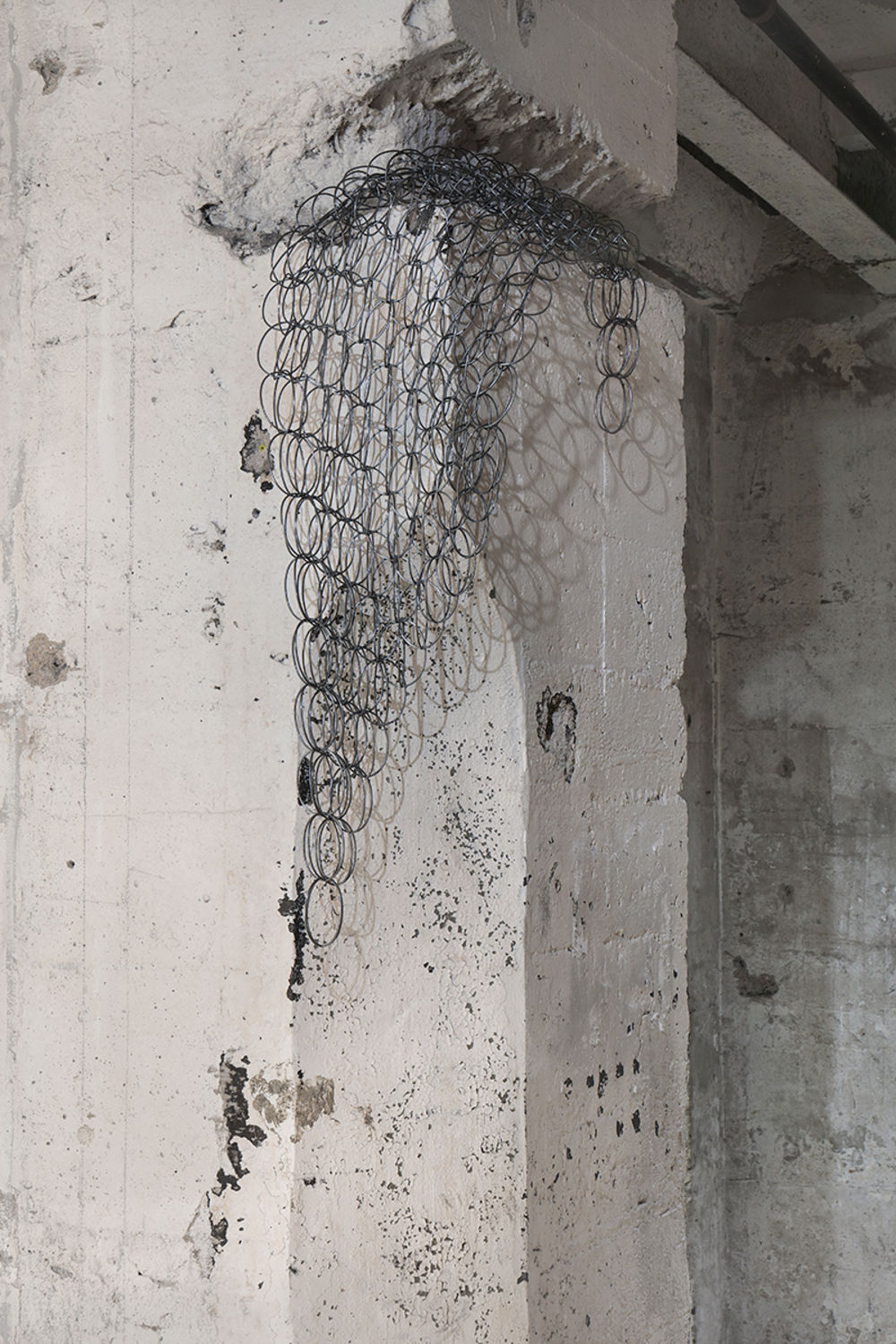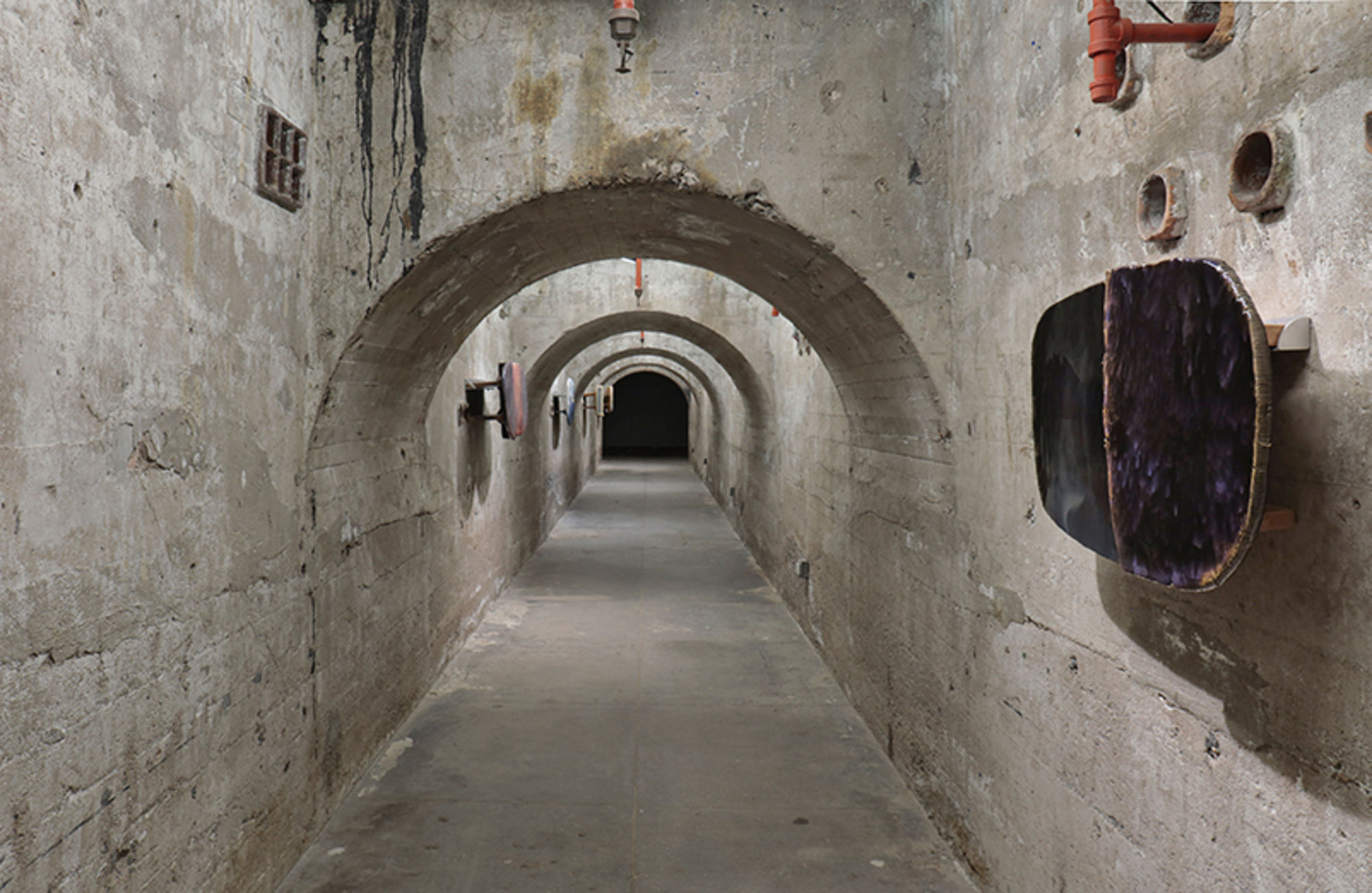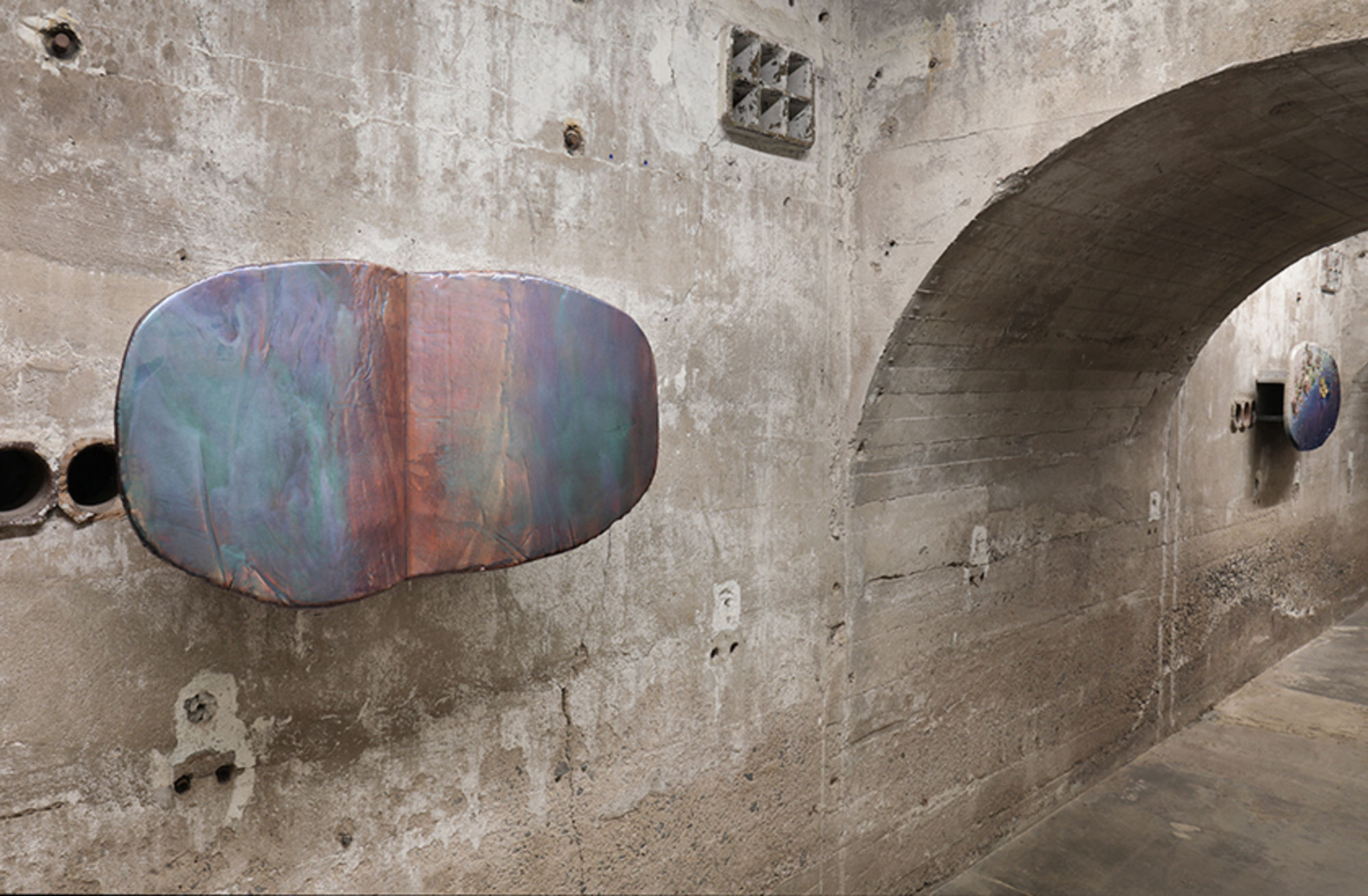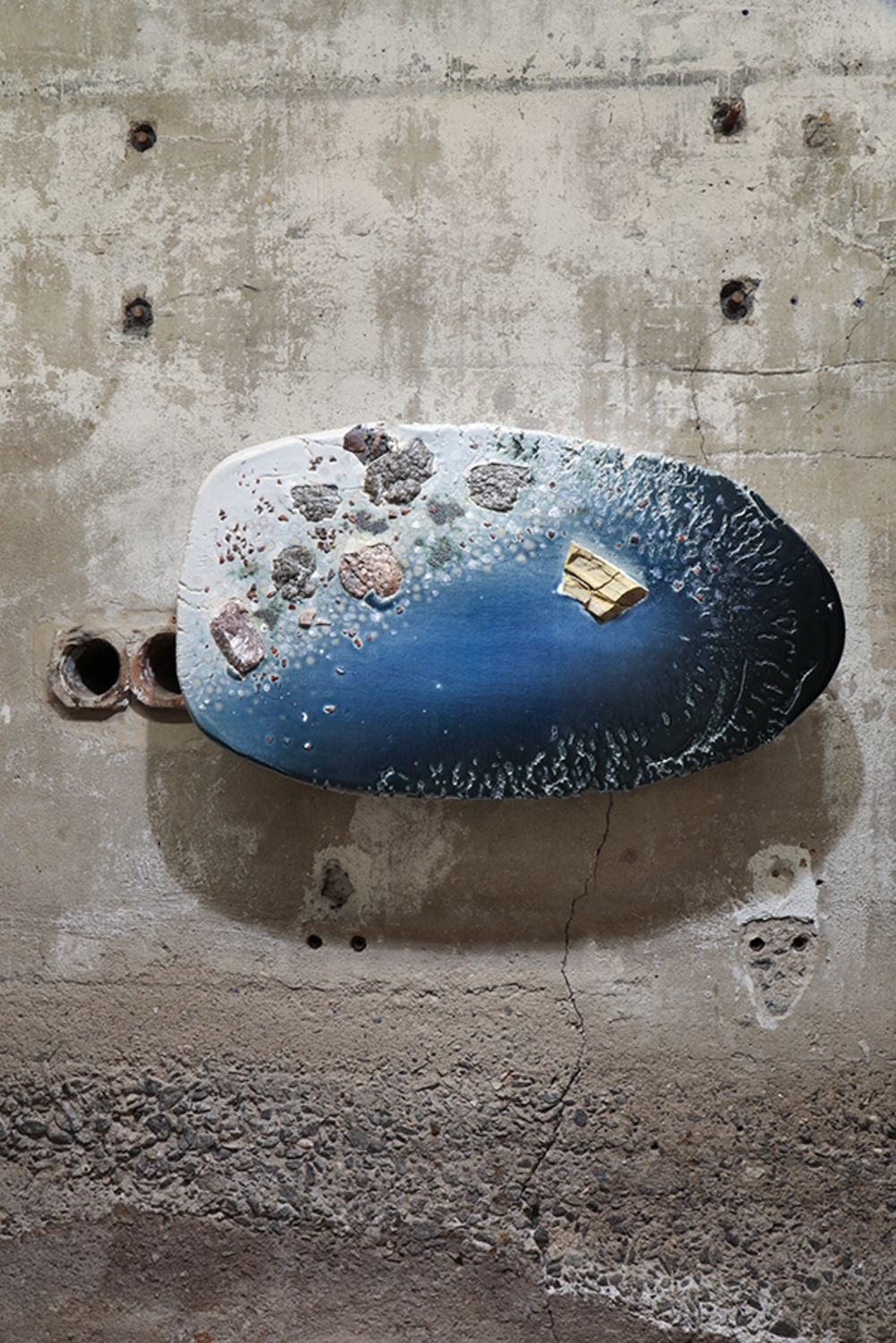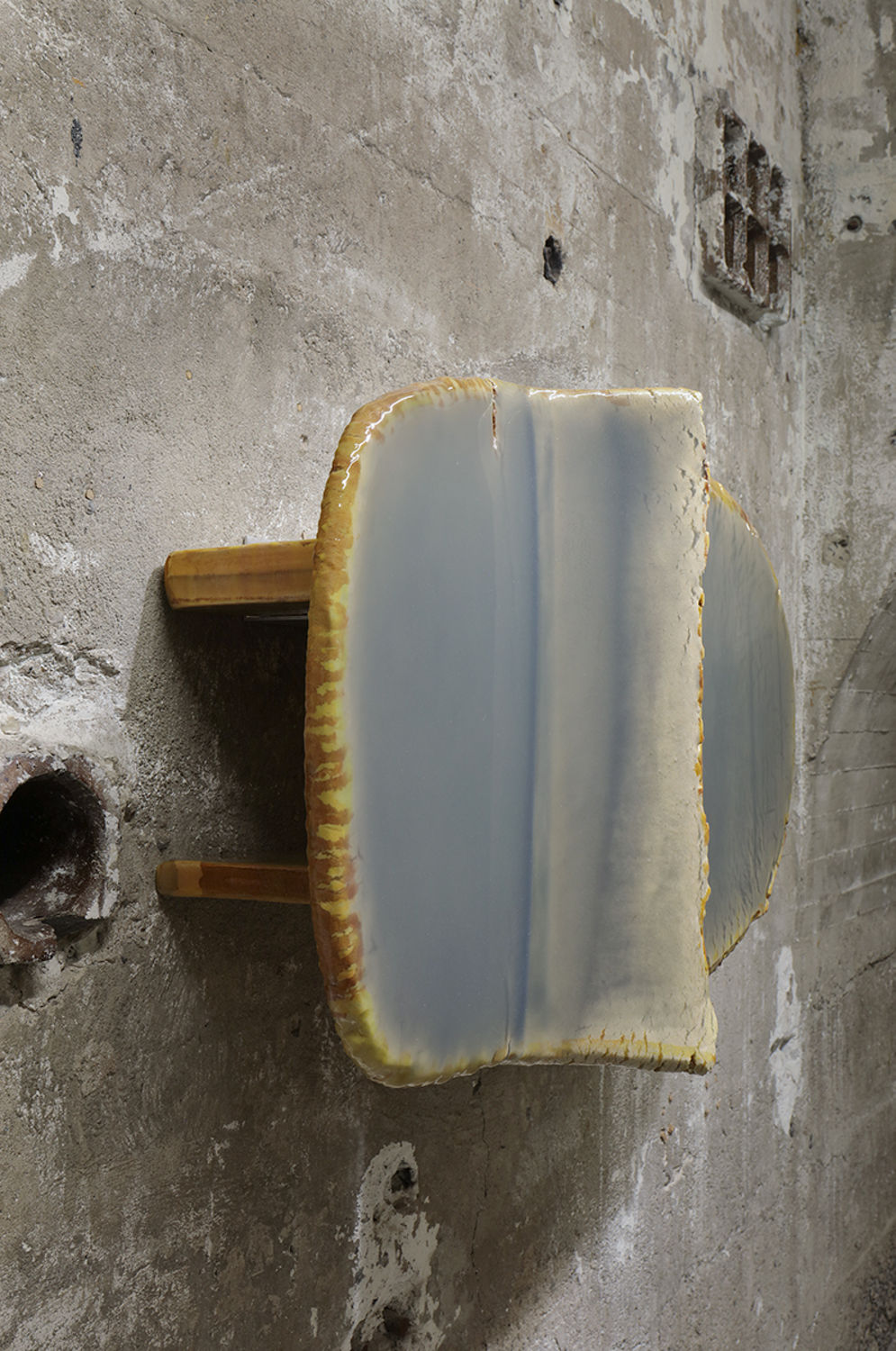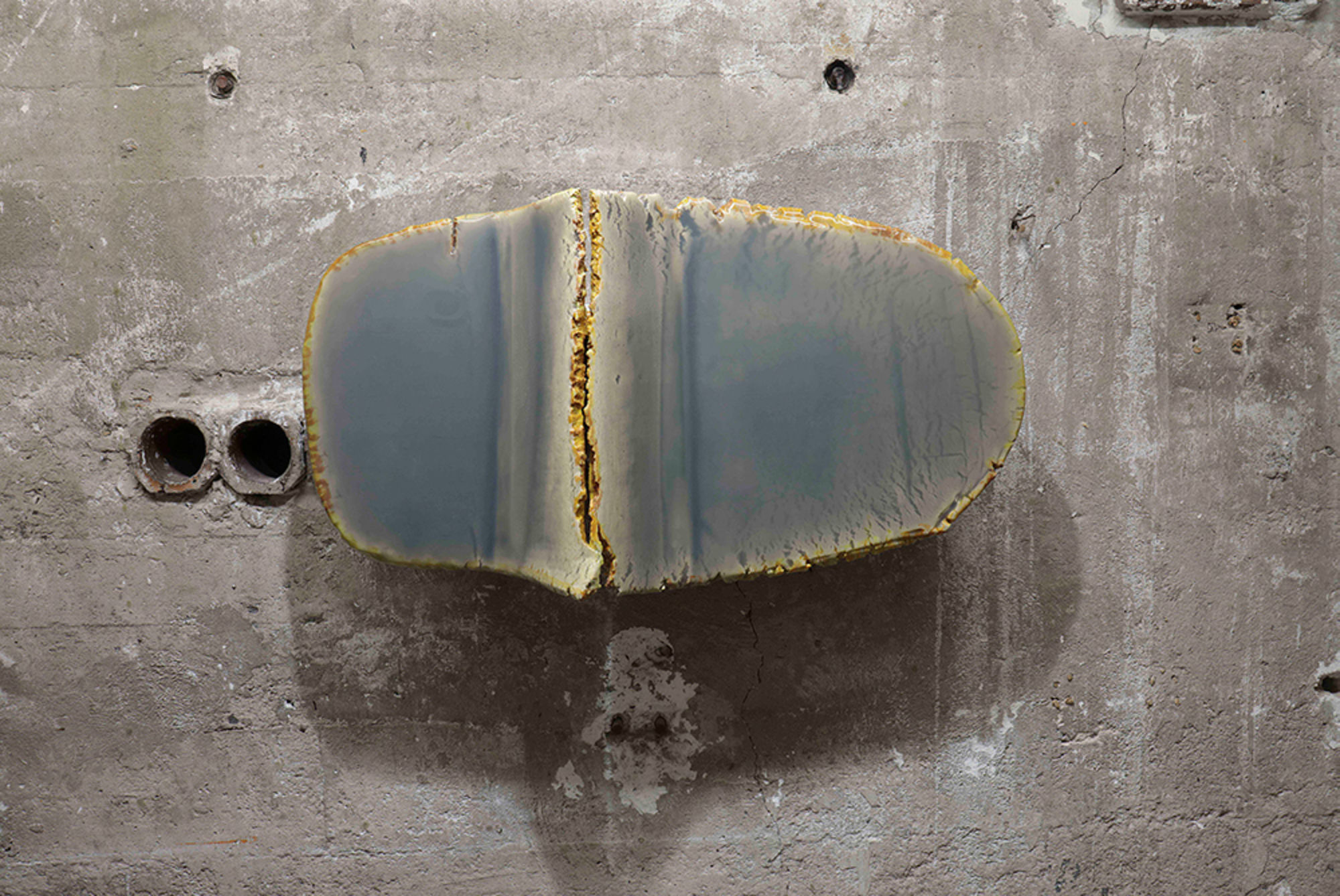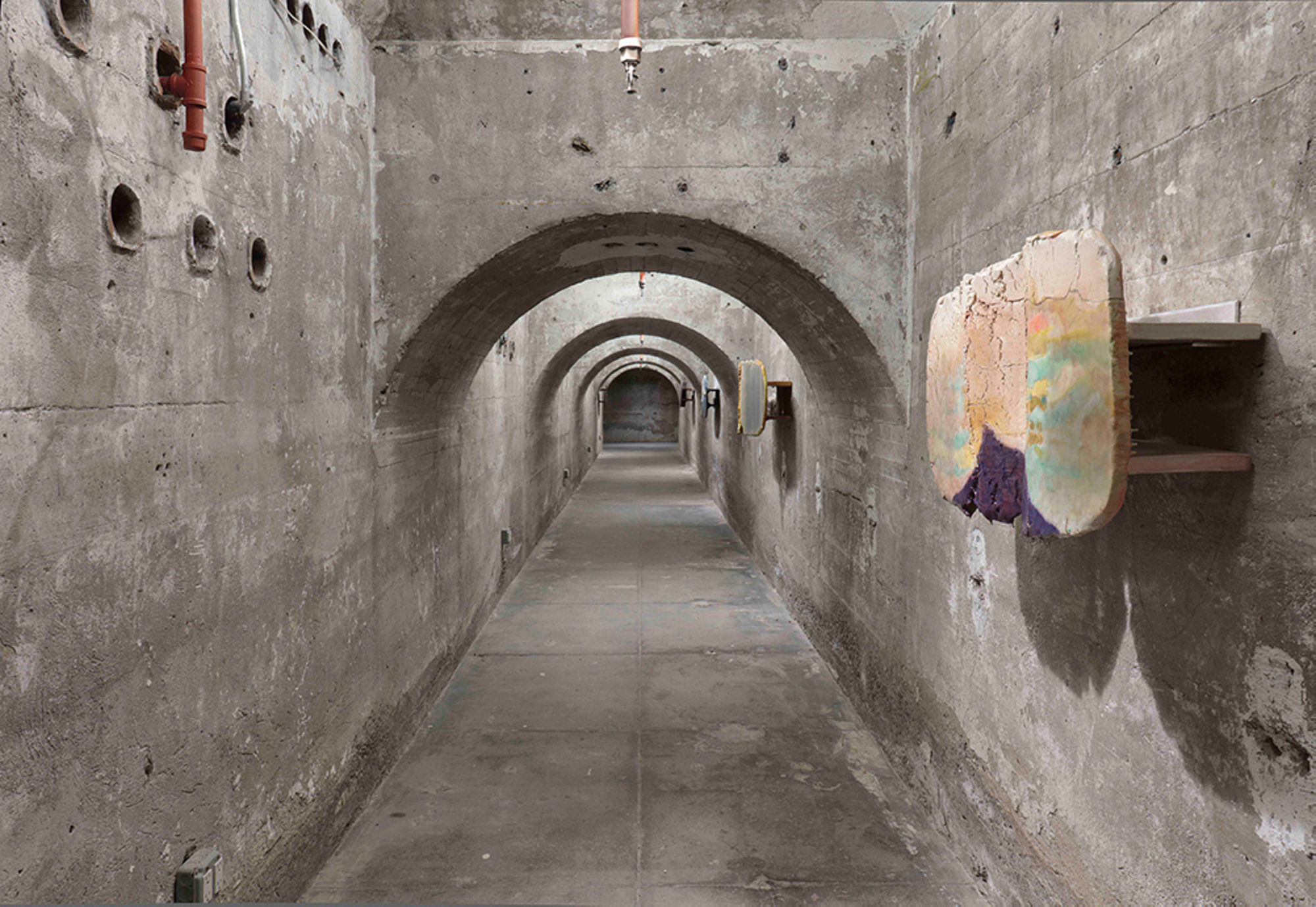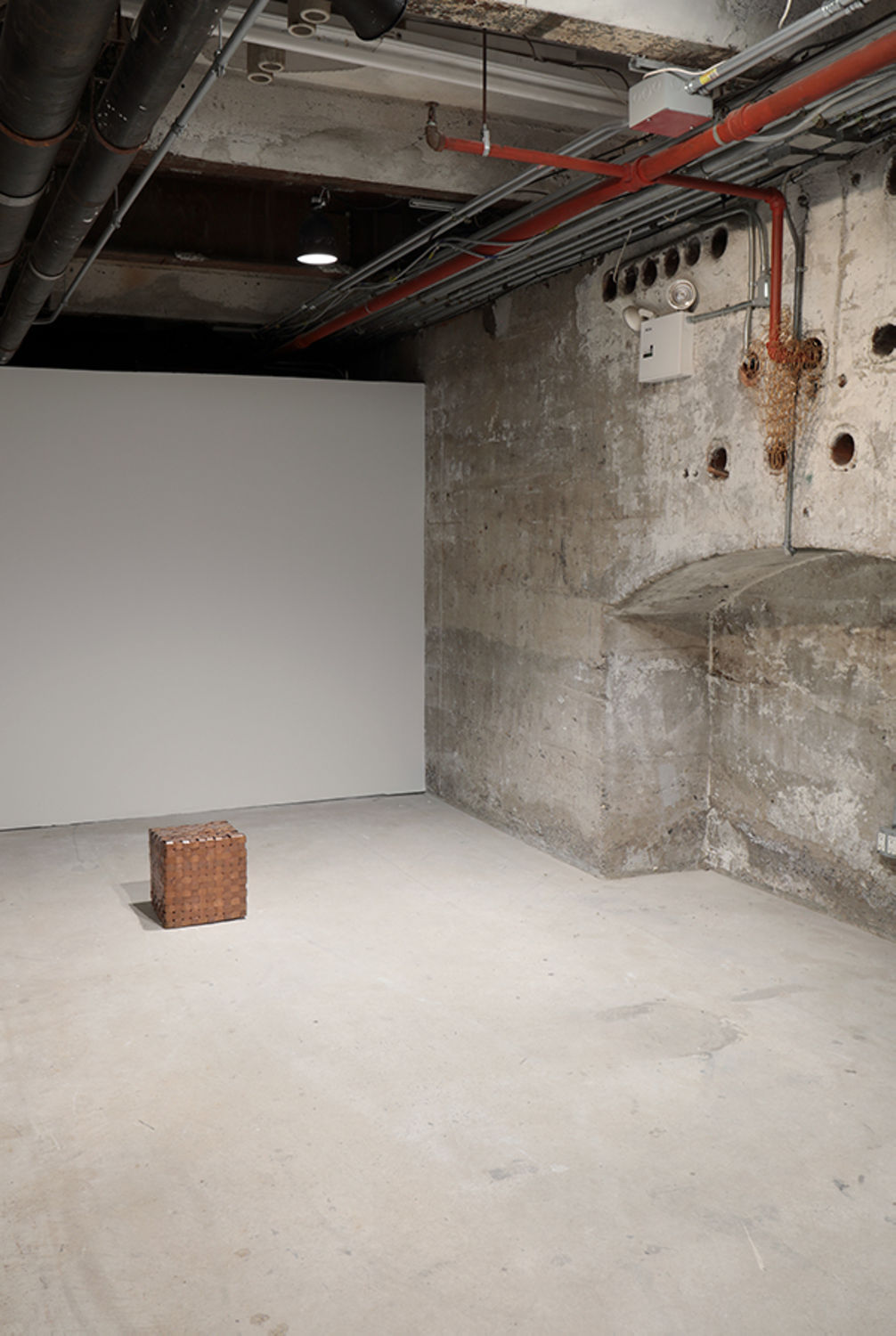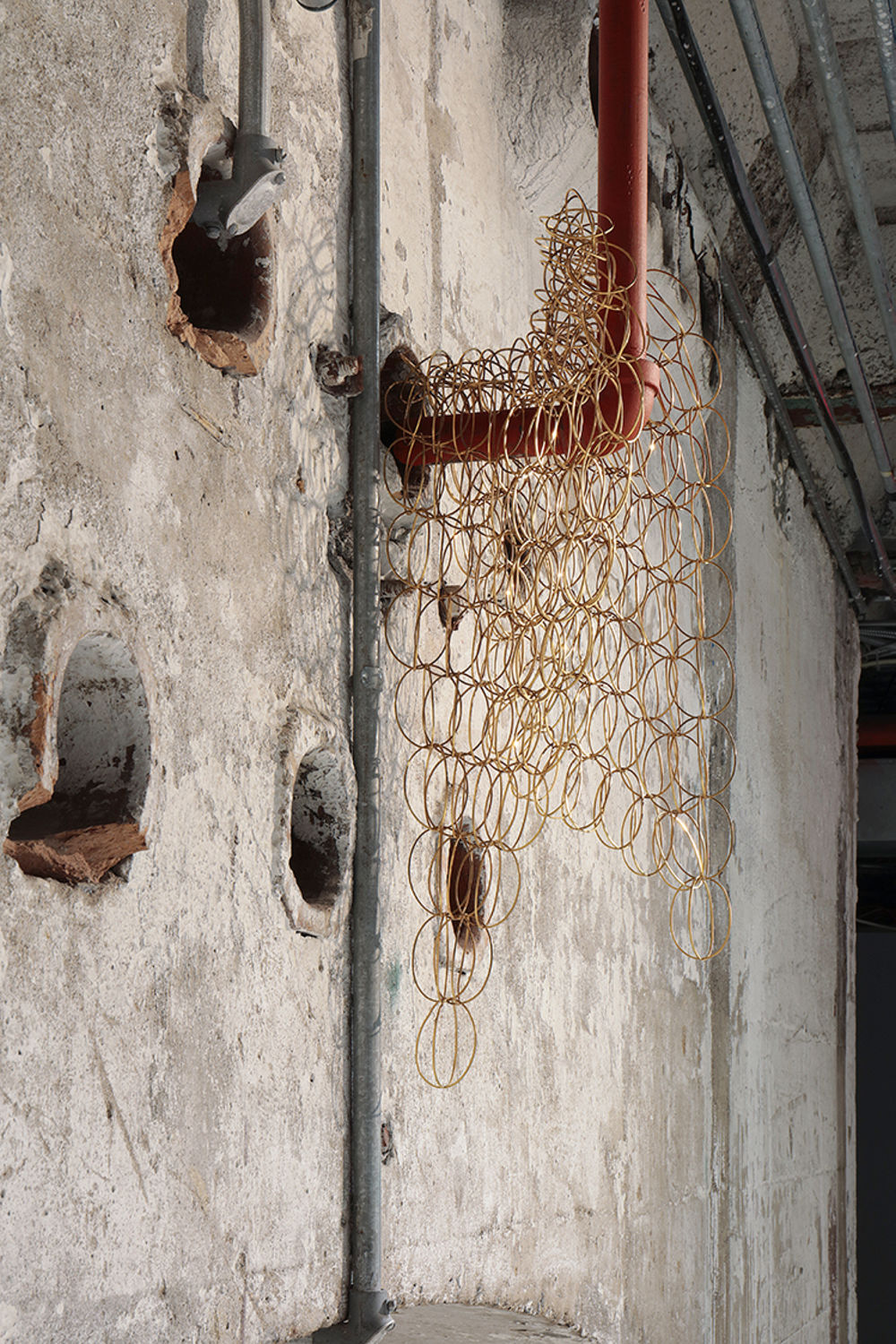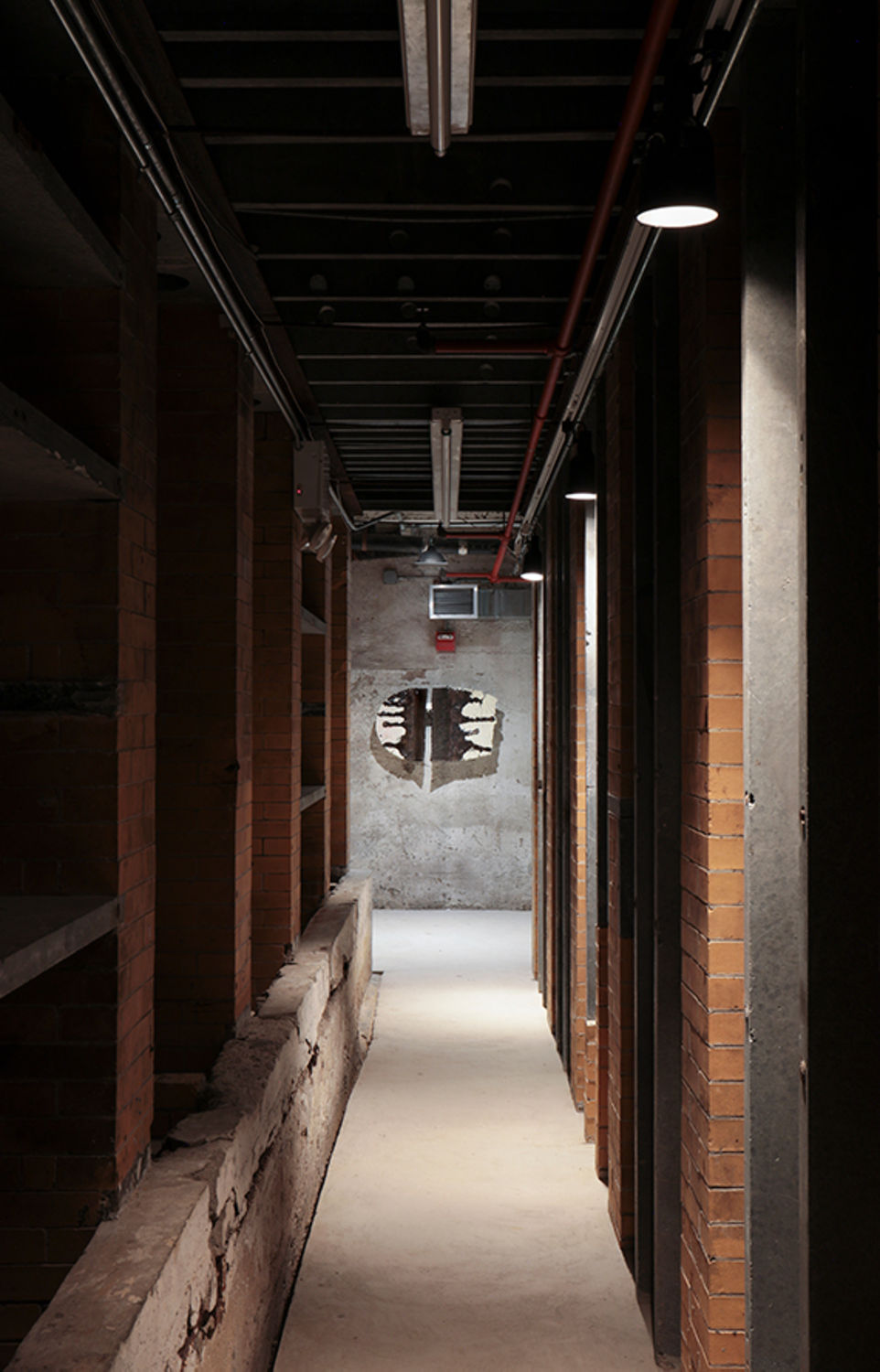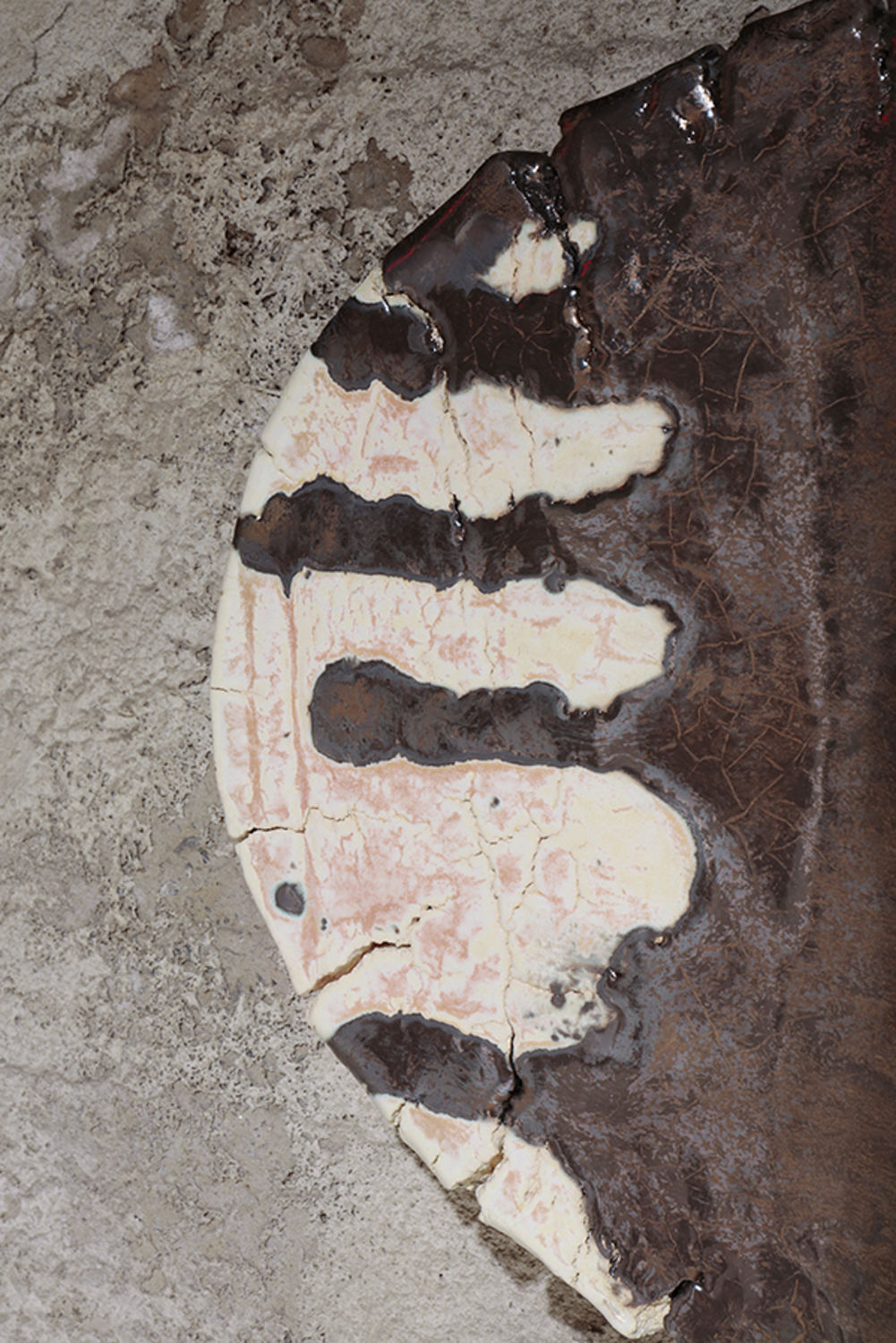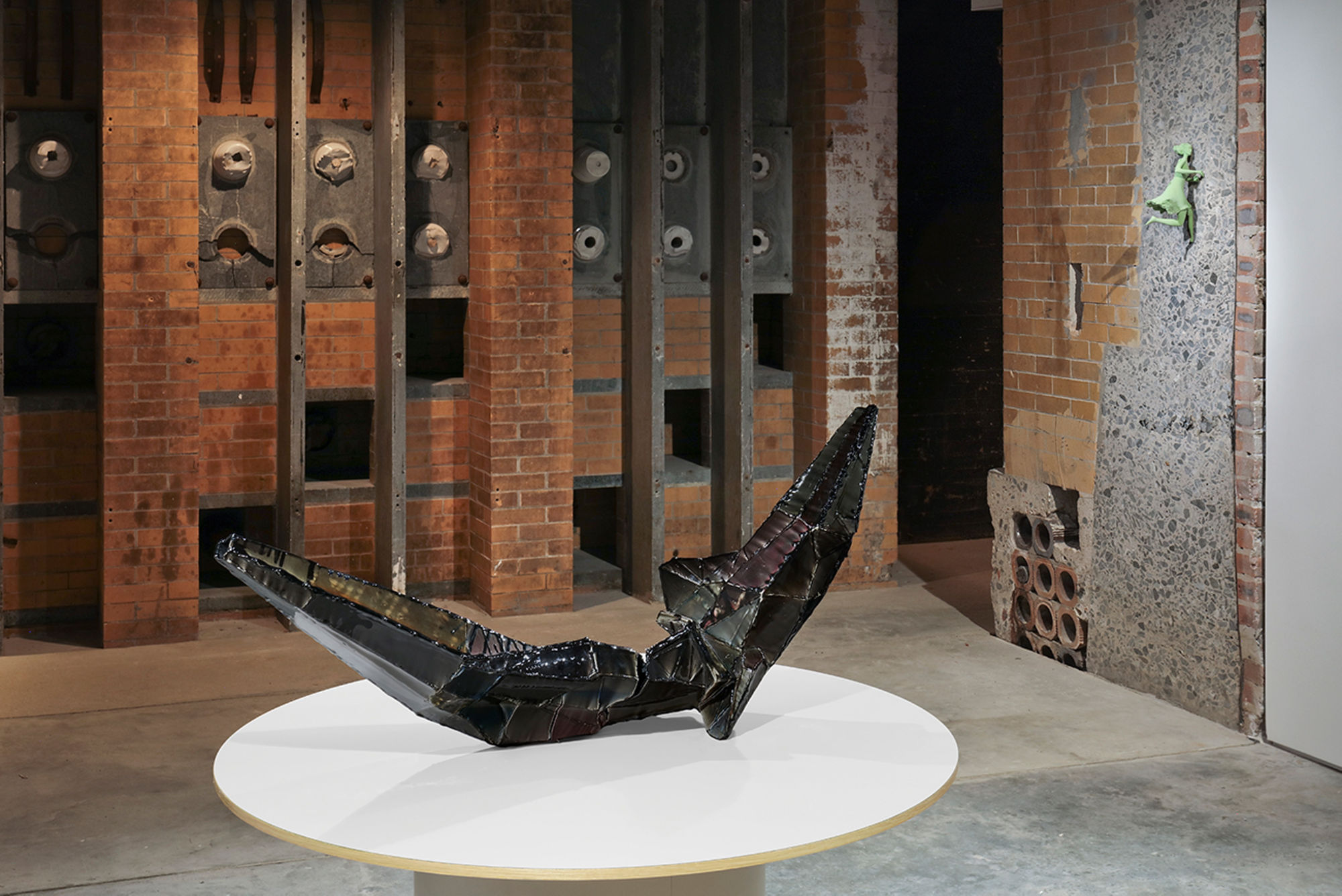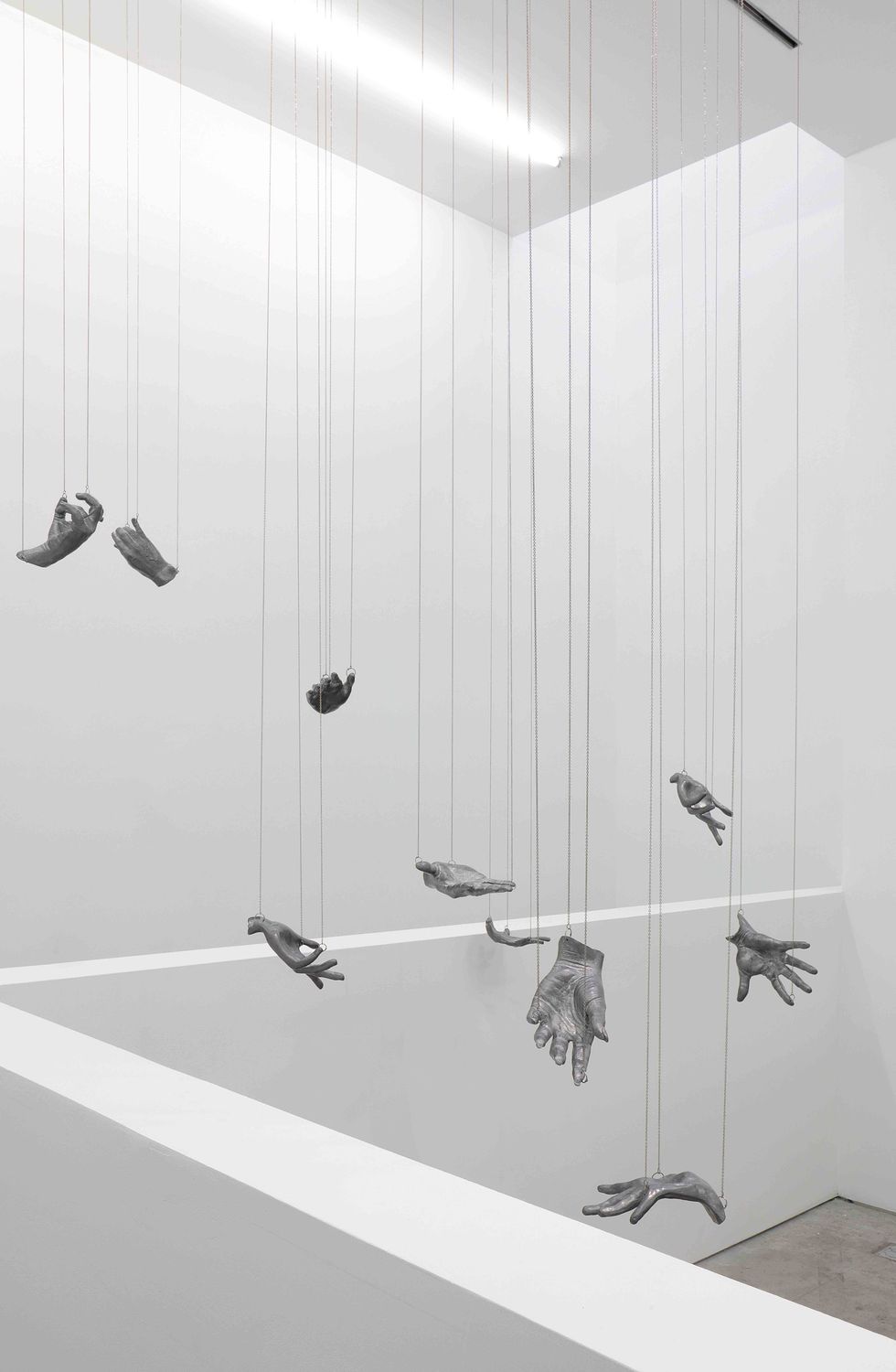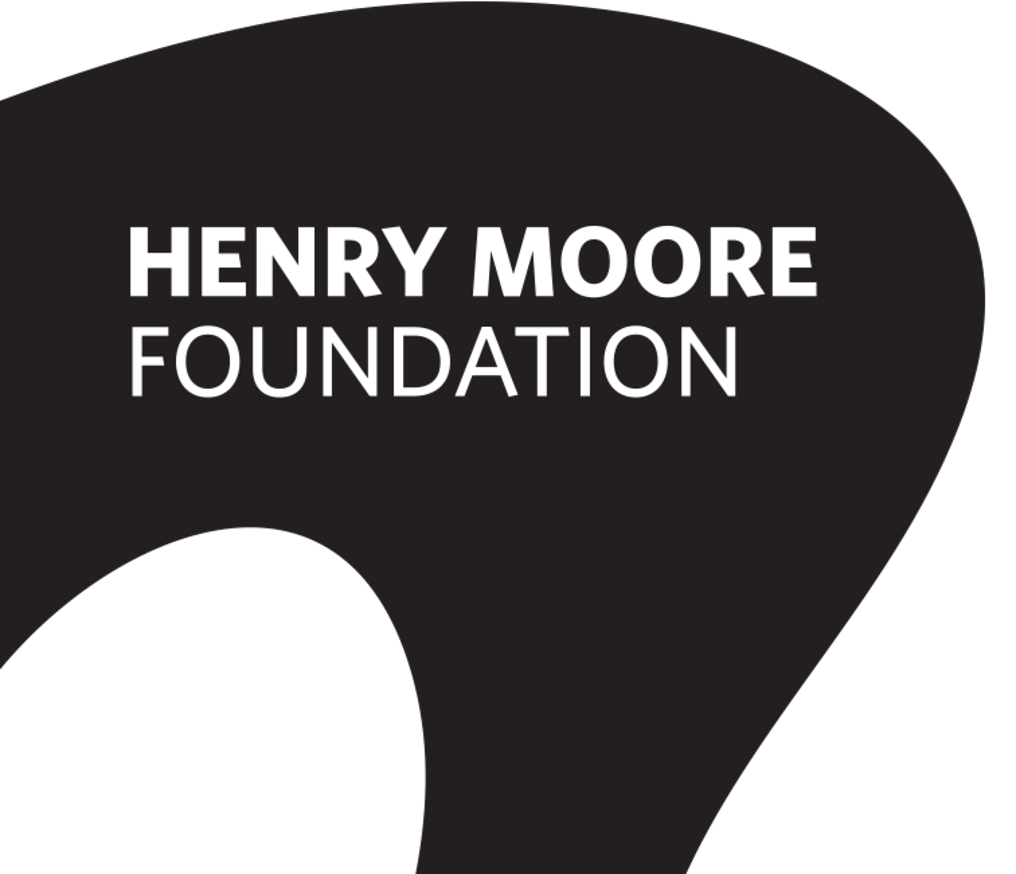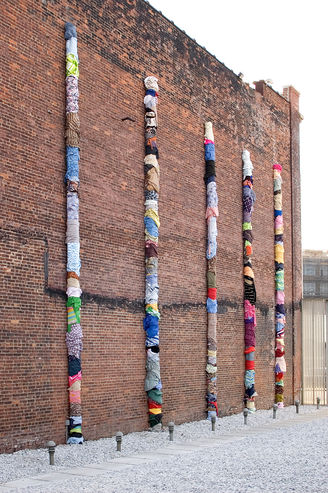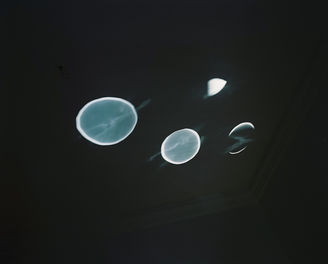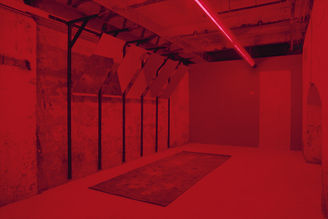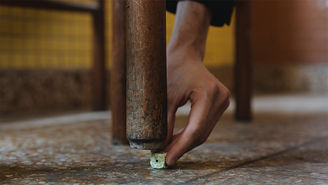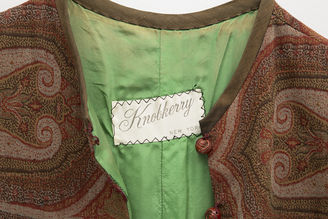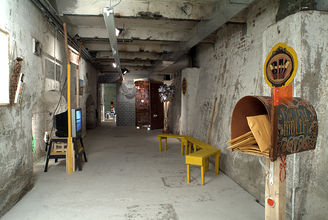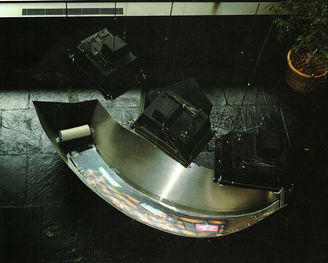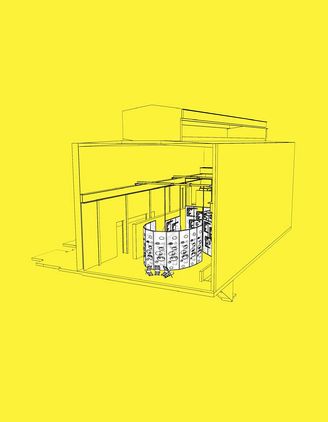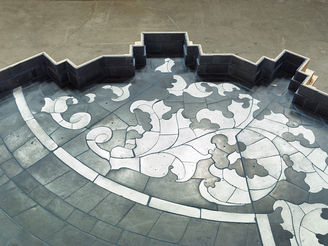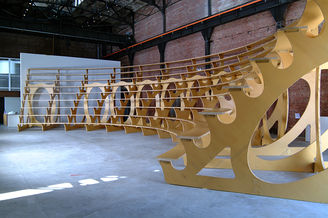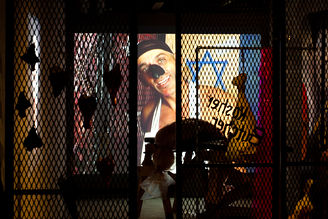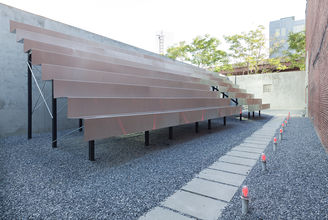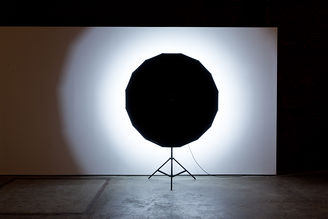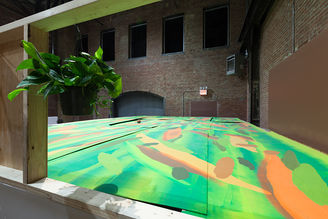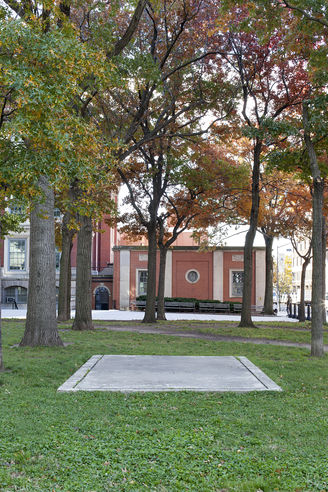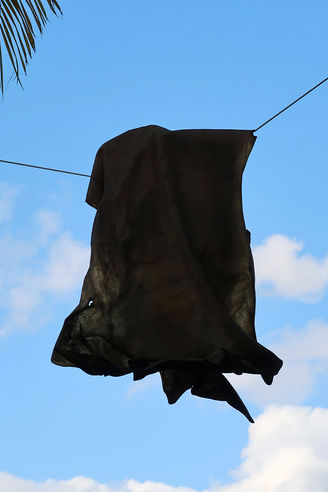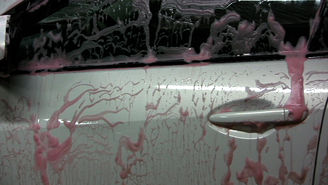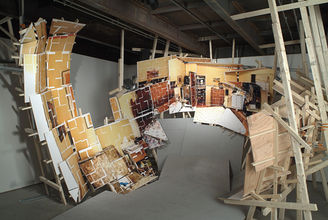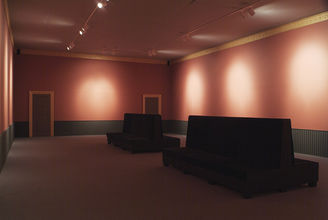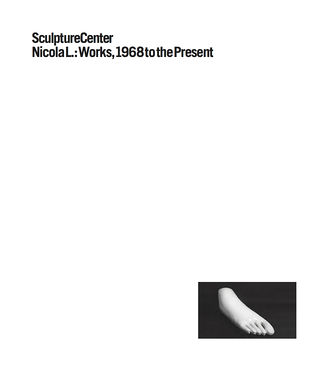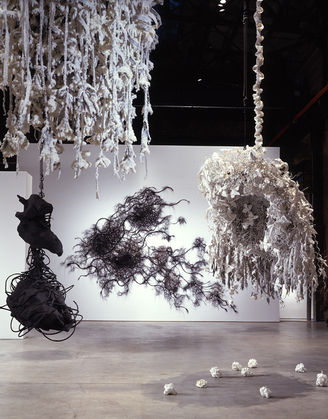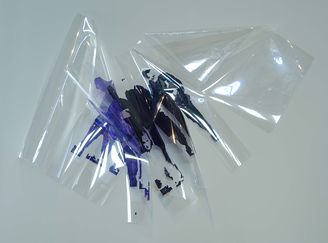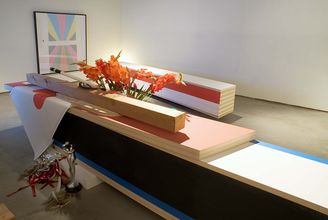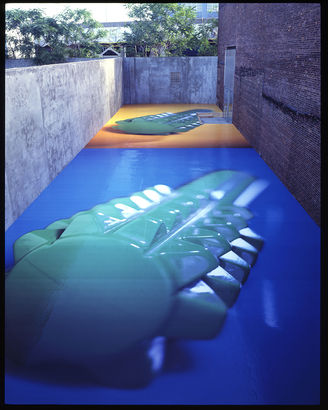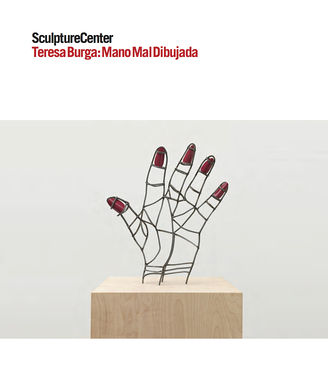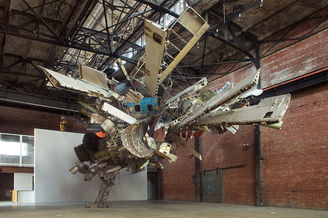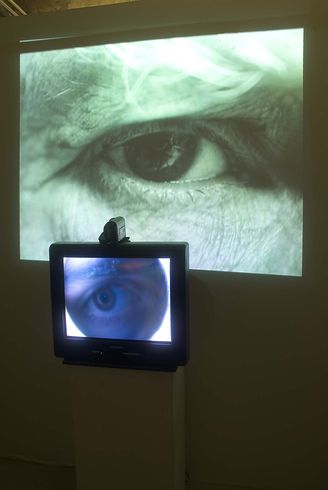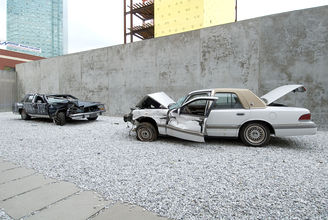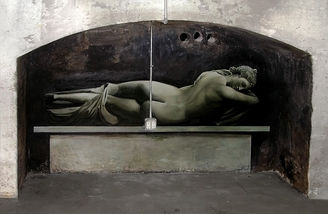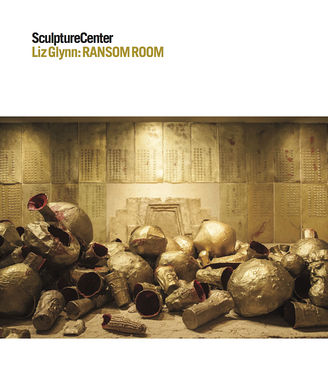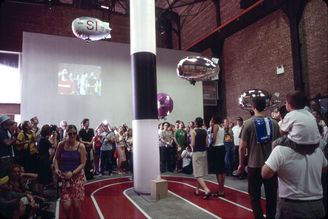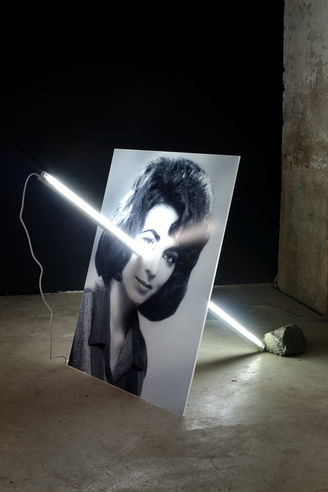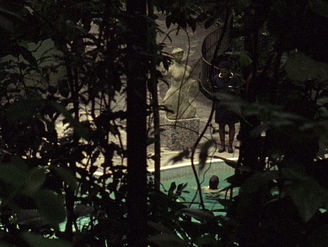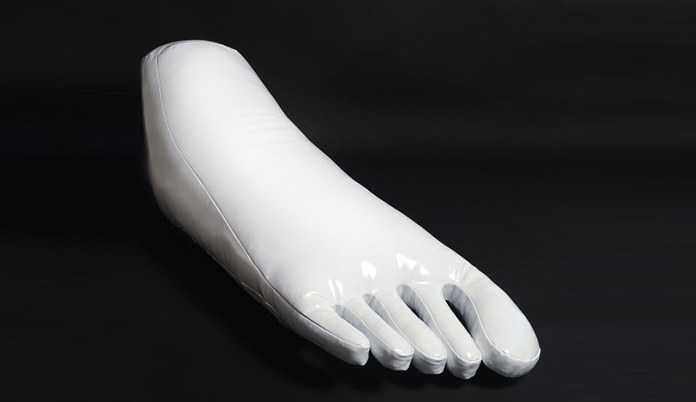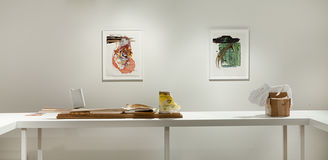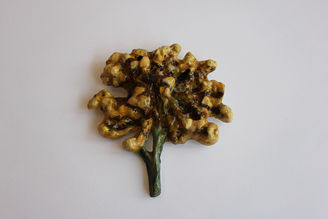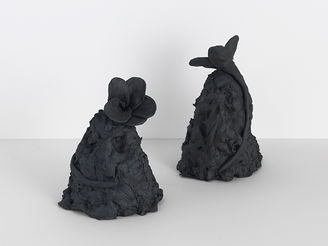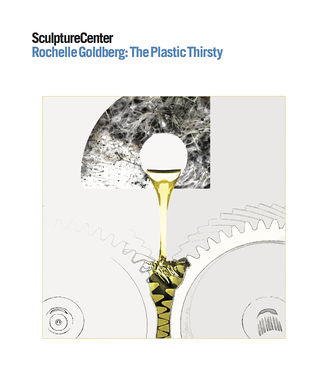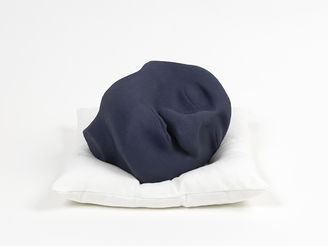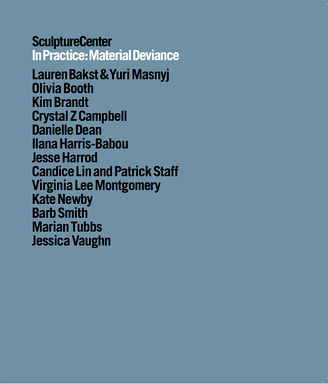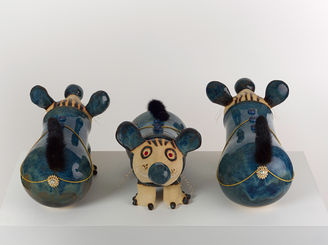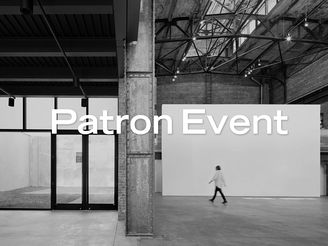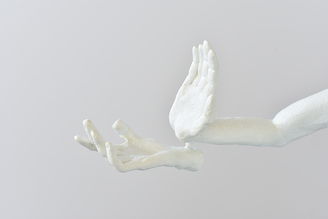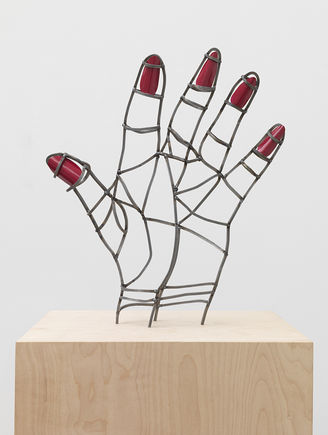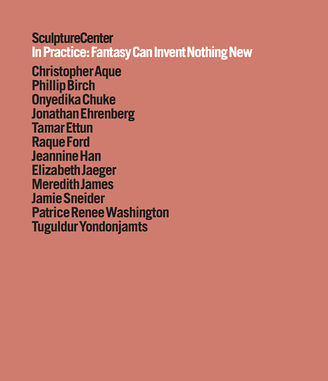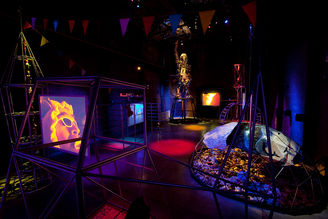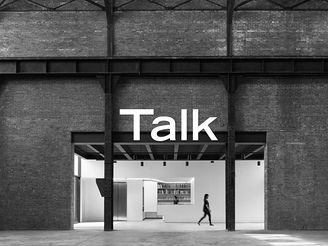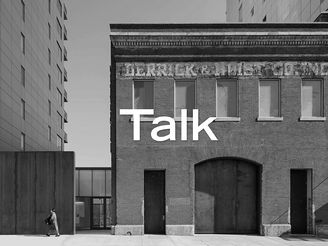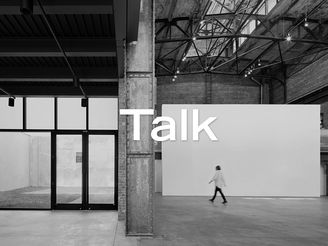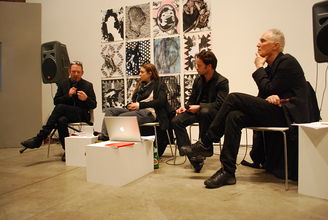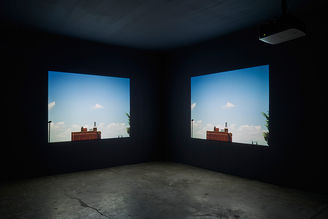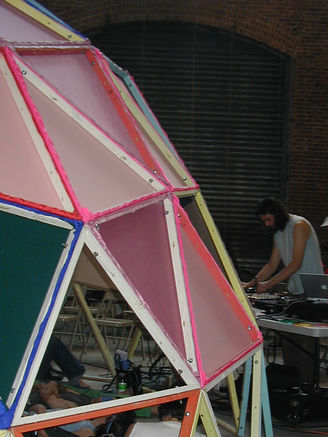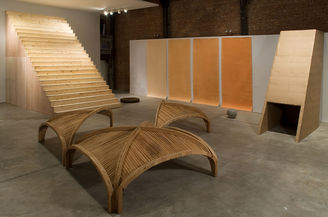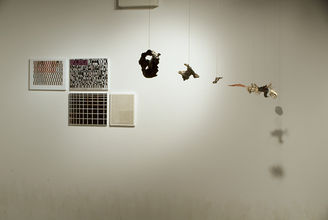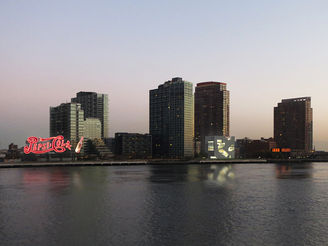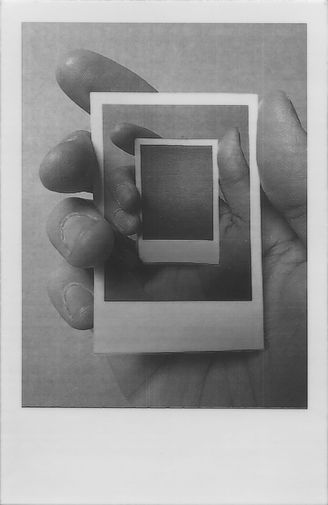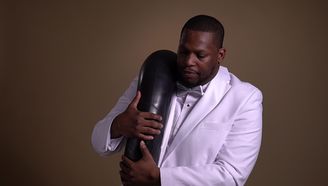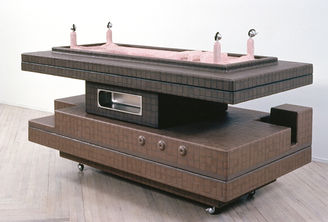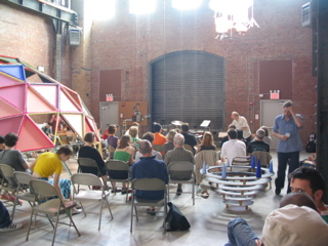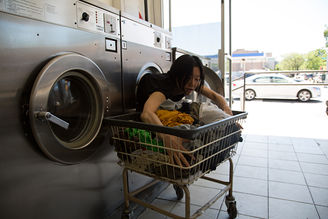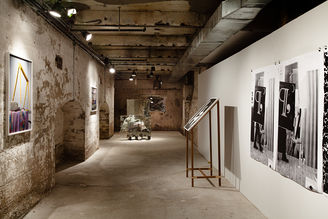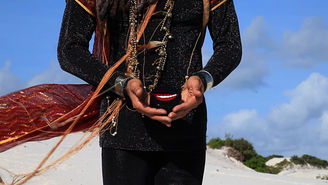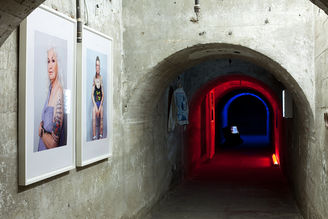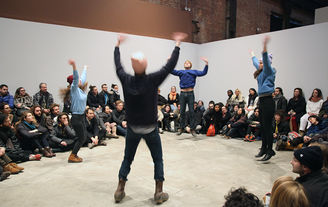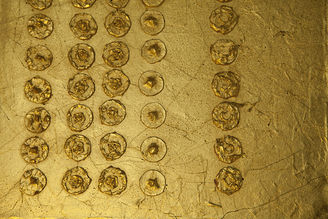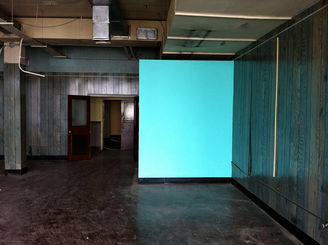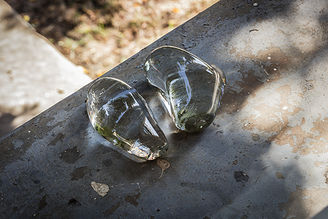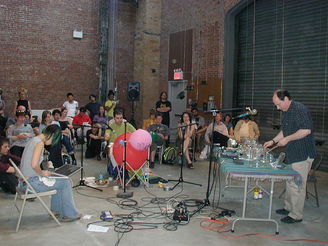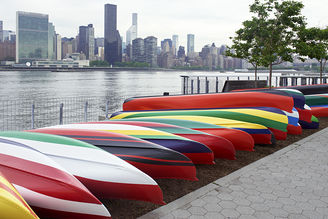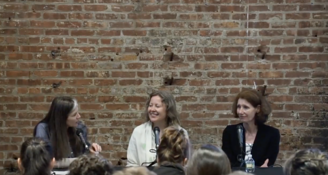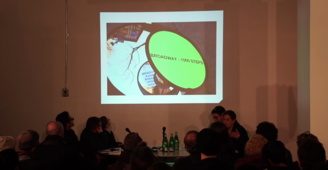For the past three decades, Los Angeles-based artist Liz Larner has explored the material and social possibilities of sculpture in innovative and surprising ways, and is now one of the most influential artists of her generation engaged with the medium. Her use of materials ranges from the traditional—such as bronze, porcelain, glass, or stainless steel—to the unexpected: volcanic ash, surgical gauze, leather, or eyelashes, each medium selected for its physical or chemical properties as well as for social and historical associations. Taking direction from these materials, her works can be delicate or aggressive; meticulously crafted or unruly and formless.
Liz Larner: Don't put it back like it was is organized by SculptureCenter, New York and the Walker Art Center, Minneapolis. The exhibition will be the artist’s largest survey since 2001 and will reposition Larner’s enduring formal and material concerns alongside her relationship to a feminist sculptural position. Presenting approximately thirty works produced between 1987 and 2021, the exhibition includes many pieces that have not been presented together in an exhibition context until now and offers an opportunity to view Larner’s larger artistic project within today’s expanded discourses of embodiment, gender, and posthumanism, and to recalibrate our understanding of it in relation to male-dominated postminimalism and installation art, which have often underpinned Larner’s critical reception. Featured works include Larner’s early experiments with bacterial cultures and destructive machines, installations that respond to architecture, sculptures that reconsider figuration, and more recent wall-based works in ceramic. As a whole, the exhibition underscores the power and intention of Larner’s work to reconsider objects in physical space as not only a matter of architectural proportions, but also as a social, gendered, and psychological construction. As her objects assert themselves in the gallery environment, they reflect a history of sculptural practice and an understanding of physical space that has largely been shaped by (or credited to) men. The experience of viewing them compels an awareness of our own embodied presence and how we understand ourselves as human subjects in relationship to other objects and to space in general.
The exhibition examines ways in which Larner has investigated both the material potential of sculpture and its ability to reflect the relative social and physical positions of its viewers, bringing forward key themes that have occupied the artist’s work: the dynamic between power and instability; the tension between surface and form; and the interconnectedness of objects to our bodies. Works such as Corner Basher (1988) and Orchid, Buttermilk, Penny (1987) call up destruction and decay as creative forces. Sculptures made in pliable fabric or metal, such as Bird in Space (1989) or Guest (2004) physically adapt to and alter our perception of the architectural spaces in which they are exhibited. 2 as 3 and Some, Too (1997-98)—made from mulberry paper, steel and watercolor—resembles two interlocking cubes, but, like a freehand drawing, its lines have collapsed and softened into a relaxed form that resists rigid geometry and the stability that it suggests. V (planchette) (2013), a pinched and twisted aluminum form covered in painted paper, appears to shape shift as we move around it. The exhibition also includes a selection of Larner’s more recent ceramic works of the past decade, in which she has embraced the unpredictability in the processes of shaping, firing, and glazing to create surfaces that allude to both landscape and abstraction.
The exhibition is accompanied by a fully-illustrated catalog, published by Dancing Foxes Press and including contributions by exhibition curator Mary Ceruti; Connie Butler, chief curator at the Hammer Museum, Los Angeles; and poet, playwright, and performance artist Ariana Reines.
Liz Larner: Don't put it back like it was is curated by Mary Ceruti, Executive Director, Walker Art Center. The SculptureCenter presentation is curated by Kyle Dancewicz, Interim Director, SculptureCenter.
Liz Larner (born 1960 in Sacramento; lives and works in Los Angeles) has exhibited extensively since the late 1980s. Recently, she has presented solo exhibitions at Galerie Max Hetzler, London (2021); Regen Projects, Los Angeles (2021, 2019); Peter Lund, Oslo (2020); Galerie Max Hetzler, Paris (2017); Galerie Max Hetzler, Berlin (2016); Aspen Art Museum (2016); Art Institute of Chicago (2015); and The Modern Institute, Glasgow (2015). In addition, her work has recently
been included in group shows at Musée d’Art Moderne de la Ville de Paris (2021); Berkeley Art Museum & Pacific Film Archive, University of California, Berkeley, CA (2021); the Hammer Museum, Los Angeles
(2017); The Modern Institute, Glasgow (2017); DePaul Art Museum, Chicago (2016); Redling Fine Art, Los Angeles (2016); Hauser Wirth & Schimmel, Los Angeles (2016); Museum of Contemporary Art, Los Angeles (2015); Hirshhorn Museum and Sculpture Garden, Washington, D.C. (2013); and Nasher Sculpture Center, Dallas (2013).
For press inquiries please contact jillian@hellothirdeye.com.
Tour Details
SculptureCenter, New York
January 20–March 28, 2022
Walker Art Center, Minneapolis
April 30–September 4, 2022
